With the arrival of the Silver Cloud and S-Series in 1955, Rolls-Royce and Bentley fully embraced the process of factory coachwork, which allowed for higher production volume and a healthier bottom-line. Of course the factory would still accommodate special requests, and a few well-heeled individuals ordered their S-Series and Silver Clouds with bespoke bodies.
Like Rolls-Royce, Bentley offered the second-generation S-Series in both standard and long-wheelbase forms, the majority of which received the factory's standard steel saloon coachwork. Bentley produced just 57 long-wheelbase S2s, of which a mere six received custom coachwork by outside coachbuilders. The V8 engine, long-wheelbase chassis, and refined performance make these among the most desirable of the S-Series line.
Chassis #LLBA9, shown here, is a desirable long-wheelbase model, fitted from new with incredible coachwork by Wendler Karrosserie of Germany. For years the story of this remarkable car was shrouded in mystery. The origins of its extravagant coachwork and the identity of the first owner were the subject of much speculation. But thanks to the efforts of marque experts and historians, the story was finally established in 2020.
Documentation sourced via the Rolls-Royce Foundation shows chassis #LLBA9 was ordered via the famed New York dealer JS Inskip. This left-hand drive car was one of the six long-wheelbase S2 chassis delivered to an outside coachbuilder, in this case Wendler Karosseriebau of Germany. Wendler had a long-standing tradition of building fascinating and beautiful designs of the highest quality. The company made its first motor bodies in 1919, soon expanding into coachwork for commercial trucks. Wendler's portfolio is fascinating and includes many highly advanced streamlined designs on BMW, Mercedes-Benz, and even a Ford V8 chassis. Perhaps its most famous relationship was with Porsche, for whom Wendler bodied numerous road-going 356s in addition to creating the svelte coachwork for the legendary 550 Spyder, RSK, and RS61 racing cars.
For #LLBA9, the factory build sheets appear in the name of the anonymous buyer's agent, Mr EC Endt. The mystery only deepened when it was revealed the address on the order form came back to that of the New York Yacht Club. Marque historians have since shown the buyer to be Mrs Caroline Ryan Foulke (1910-1987), the fabulously wealthy heiress to the American Tobacco Company. Anonymity was apparently vital to her, although the unique body that she commissioned for her Bentley seems to contradict that idea.
Before purchasing the Bentley, Foulke drove a gorgeous one-off estate car based on the Mercedes 300d Adenauer built by Binz Karrosserie. When she wished to replace that car in 1960 with a newer model, Mercedes-Benz Manhattan declined her request for an estate version of the new W112 300-series, so she turned to Bentley, which was more than happy to accommodate her needs.
Once the chassis arrived at Wendler, the coachbuilder followed their client's wishes directly, creating a unique estate car by grafting elements of the Mercedes W112 300 body on to the Bentley's chassis. Wendler stretched, reformed, and reinforced the panels, and many of the factory Mercedes fittings were used, such as the lights and exterior trim. A significant number of parts had to be fabricated by hand to suit the scale of the Bentley chassis and the new estate configuration. The result is a remarkable car that is instantly recognisable as both a Mercedes and a Bentley, simultaneously. The finishing flourish was a medium grey paint job accented with a blue and red stripe diagonally on the front wings. Initially some believed this livery was related to yachting, but it was later revealed that the colours were those of Foulke's horse racing stables.
Perhaps the most distinguishing features of the coachwork are the 'Heckflosse' tail fins that were a hallmark of the W112, blending gracefully into the bodywork. The designer cleverly integrated bullet-style tail lights (sourced from a 1960 Buick) which better suited the shape than the square Mercedes lights. The distinctive Bentley radiator shell remained, flanked by a pair of vertically-stacked US-market Mercedes headlamps that produced a dramatic, imposing presence.
Following her time with it, Foulke donated the Bentley to a museum (anonymously of course) where it remained for some time before being sold overseas. It then returned to New York in the 1980s, where it briefly lived with its Mercedes 300d Binz estate stablemate. From 2012-2013 #LLBA9 received a comprehensive concours restoration by Automotive Restorations Inc. in which it was returned to its original silver-grey colour with a deep red Connolly leather interior.
- The Bentley Wendler shooting brake was sold by Hyman Ltd, to whom many thanks are due for the use of its pictures to illustrate this article.

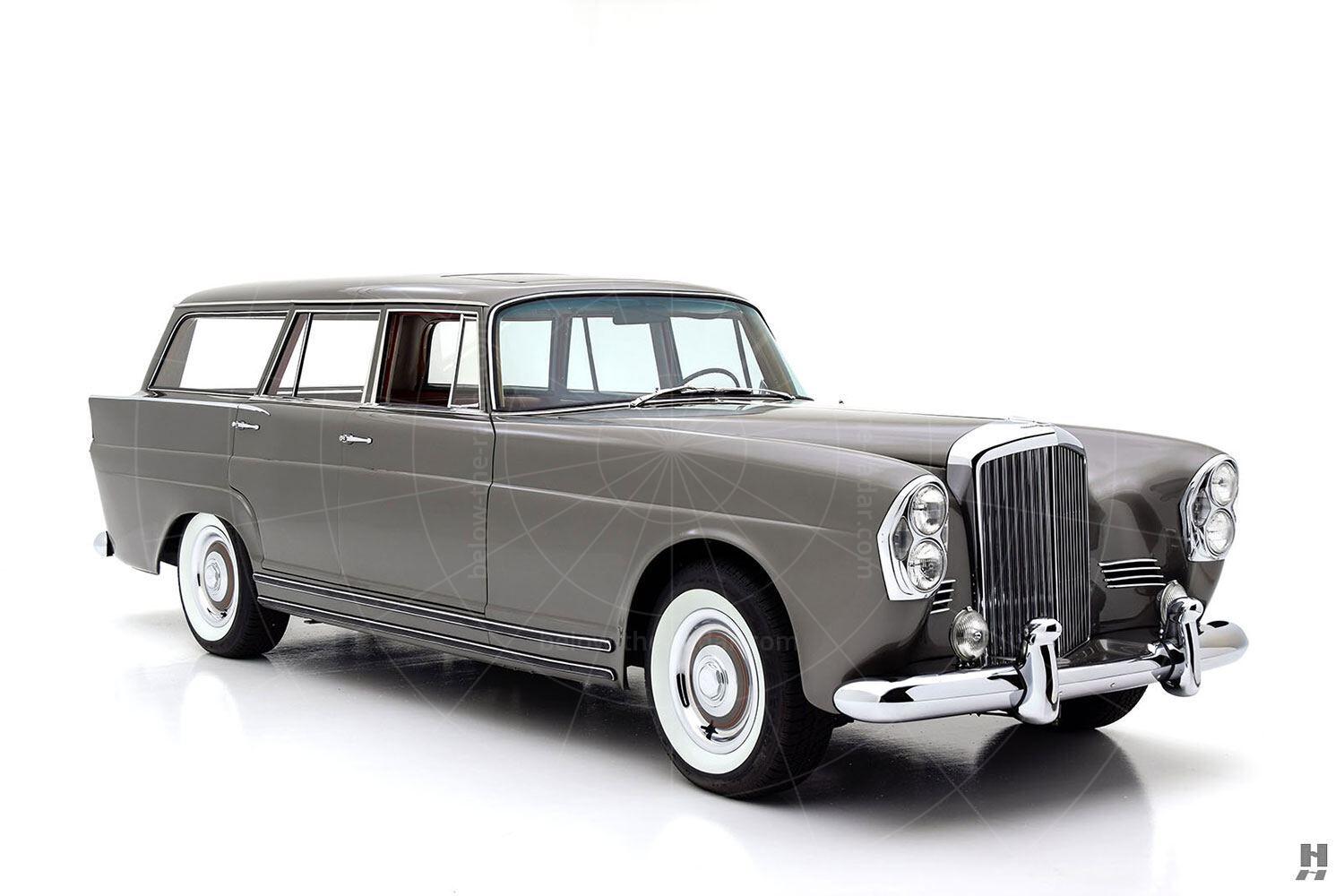
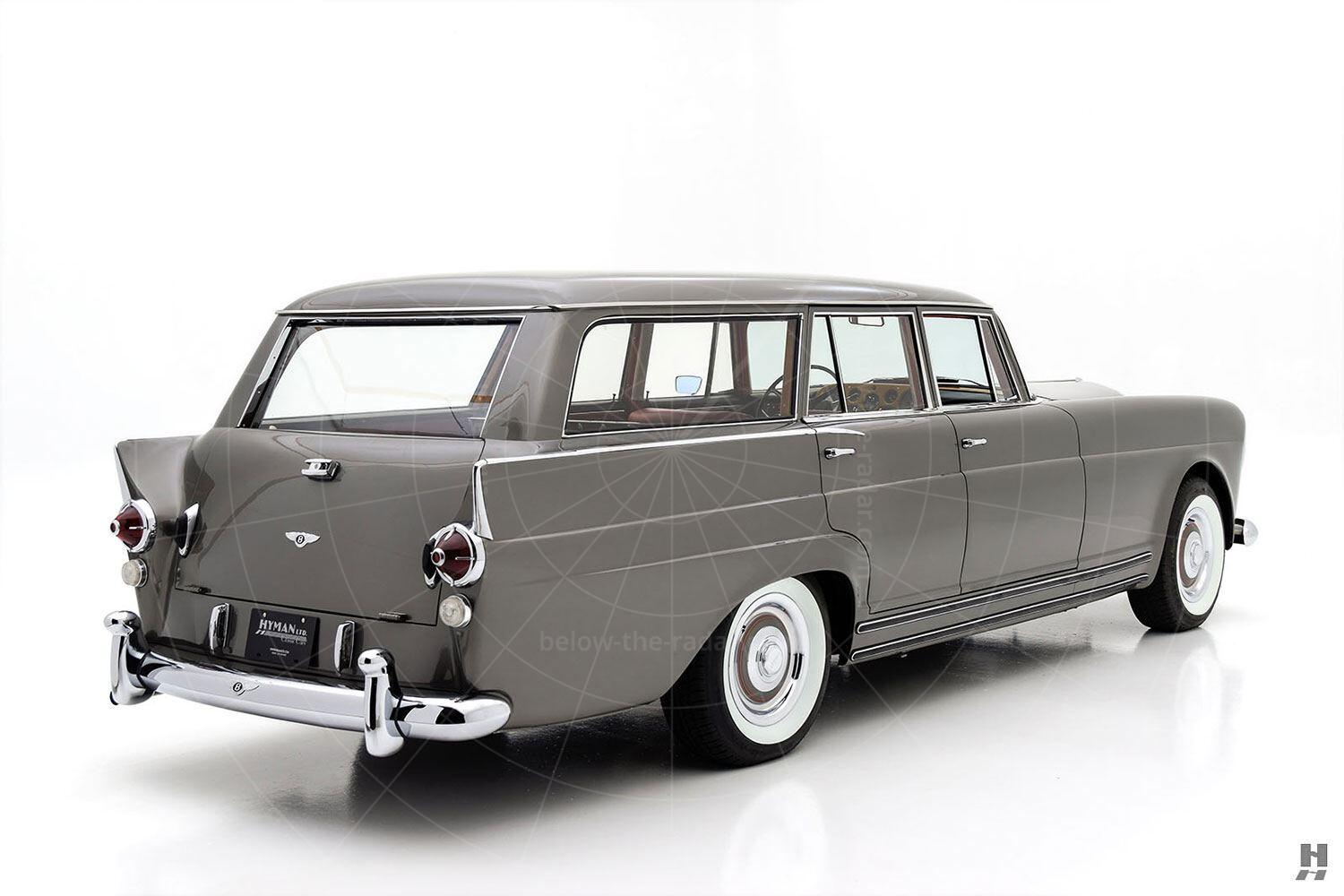
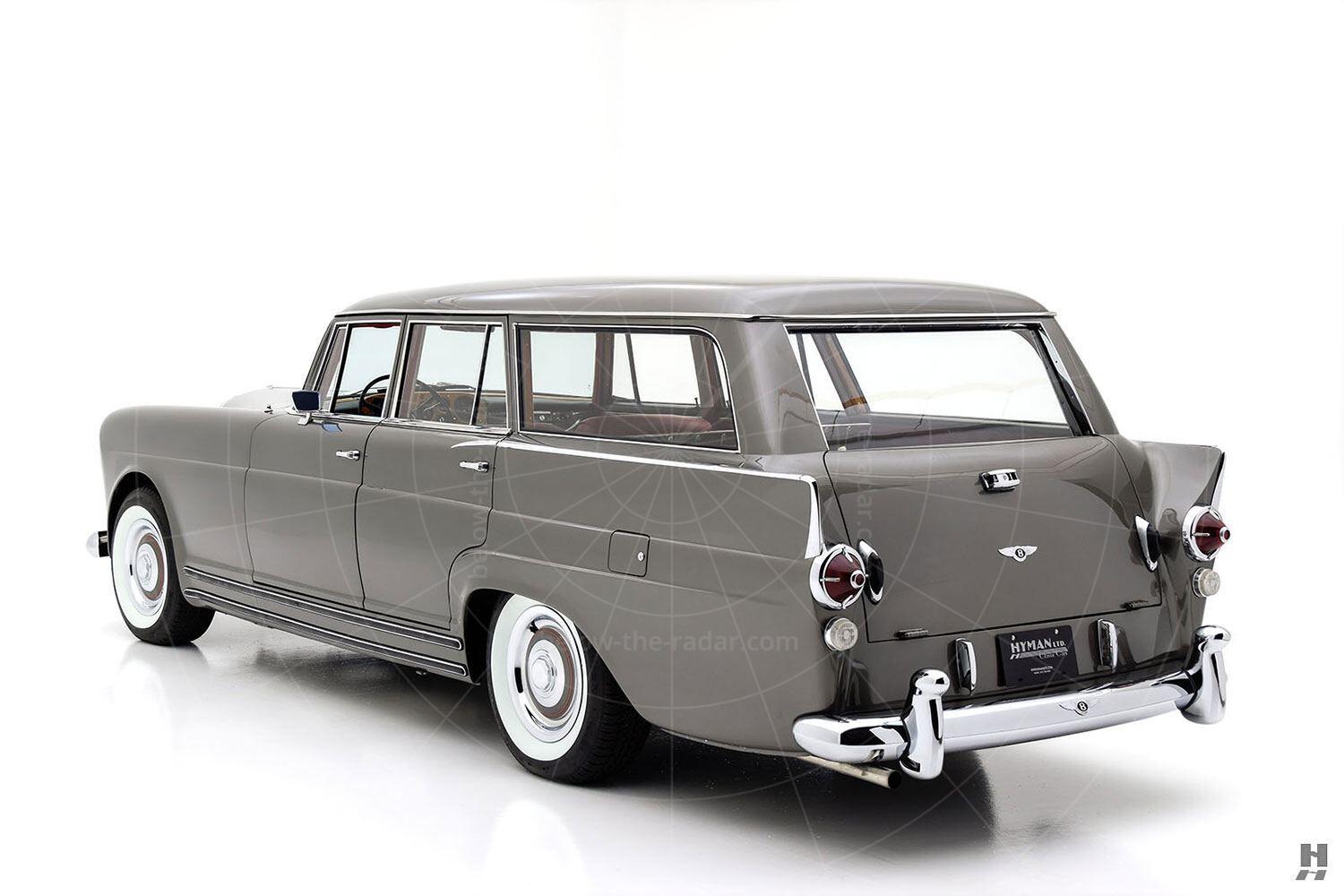
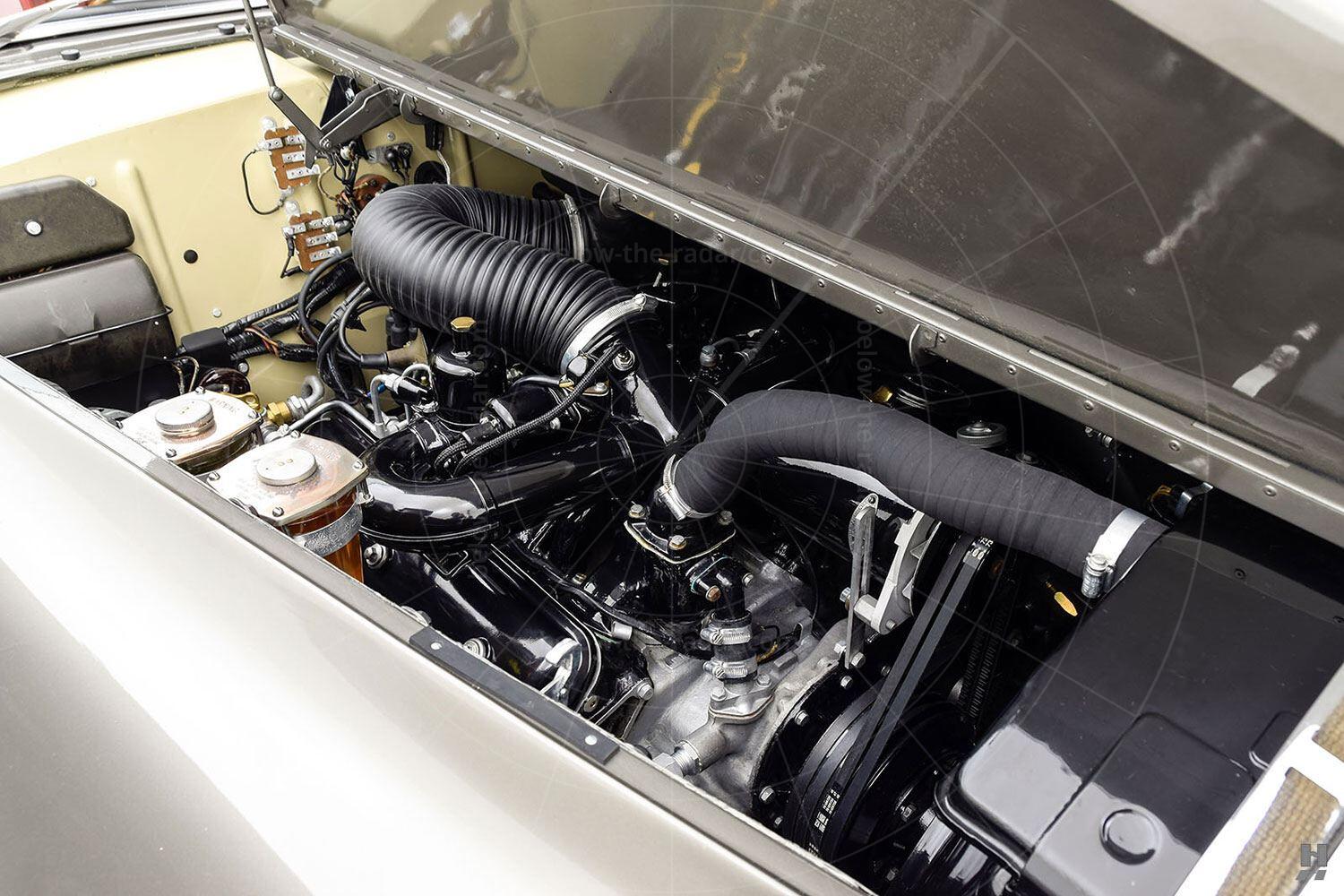
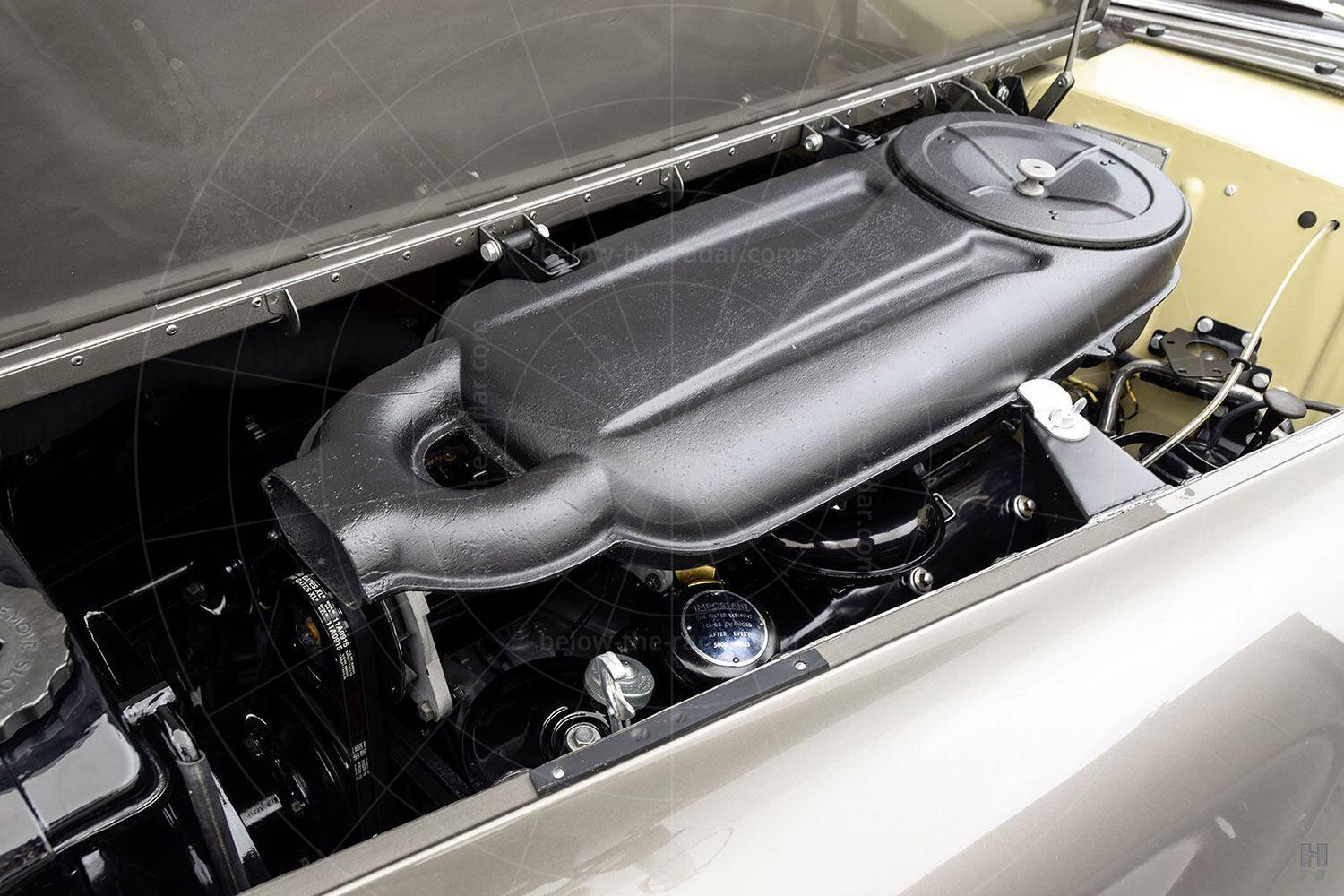
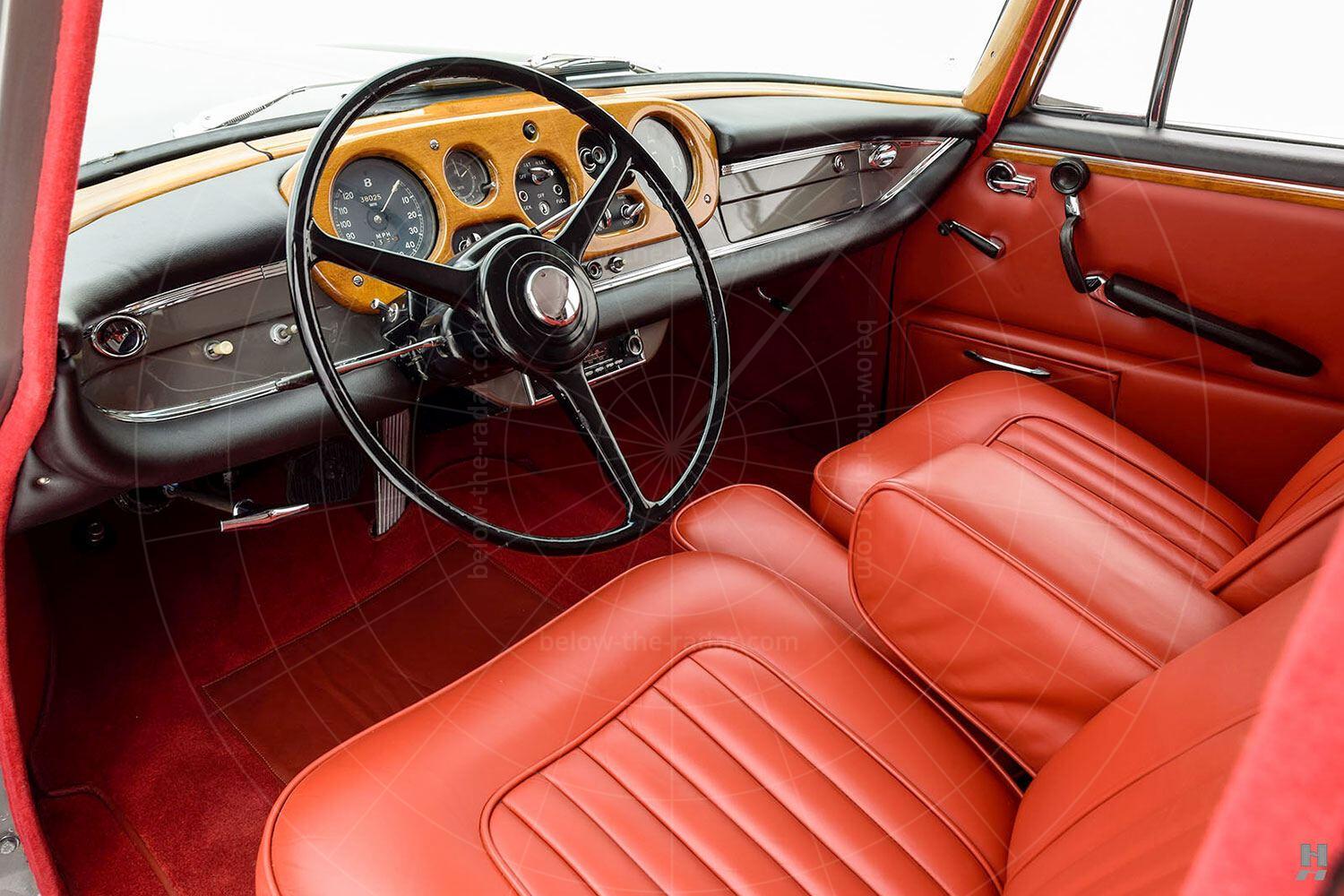
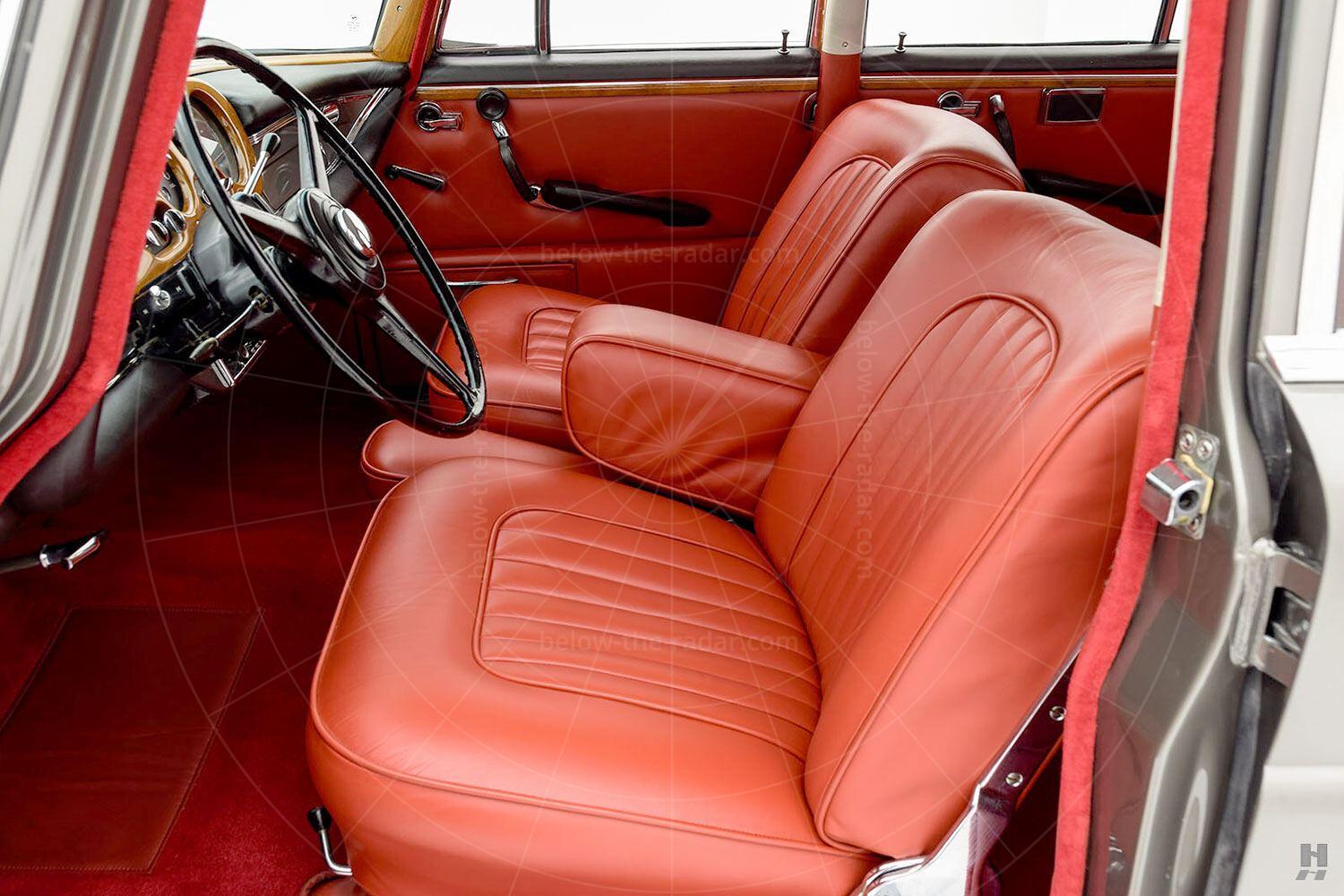
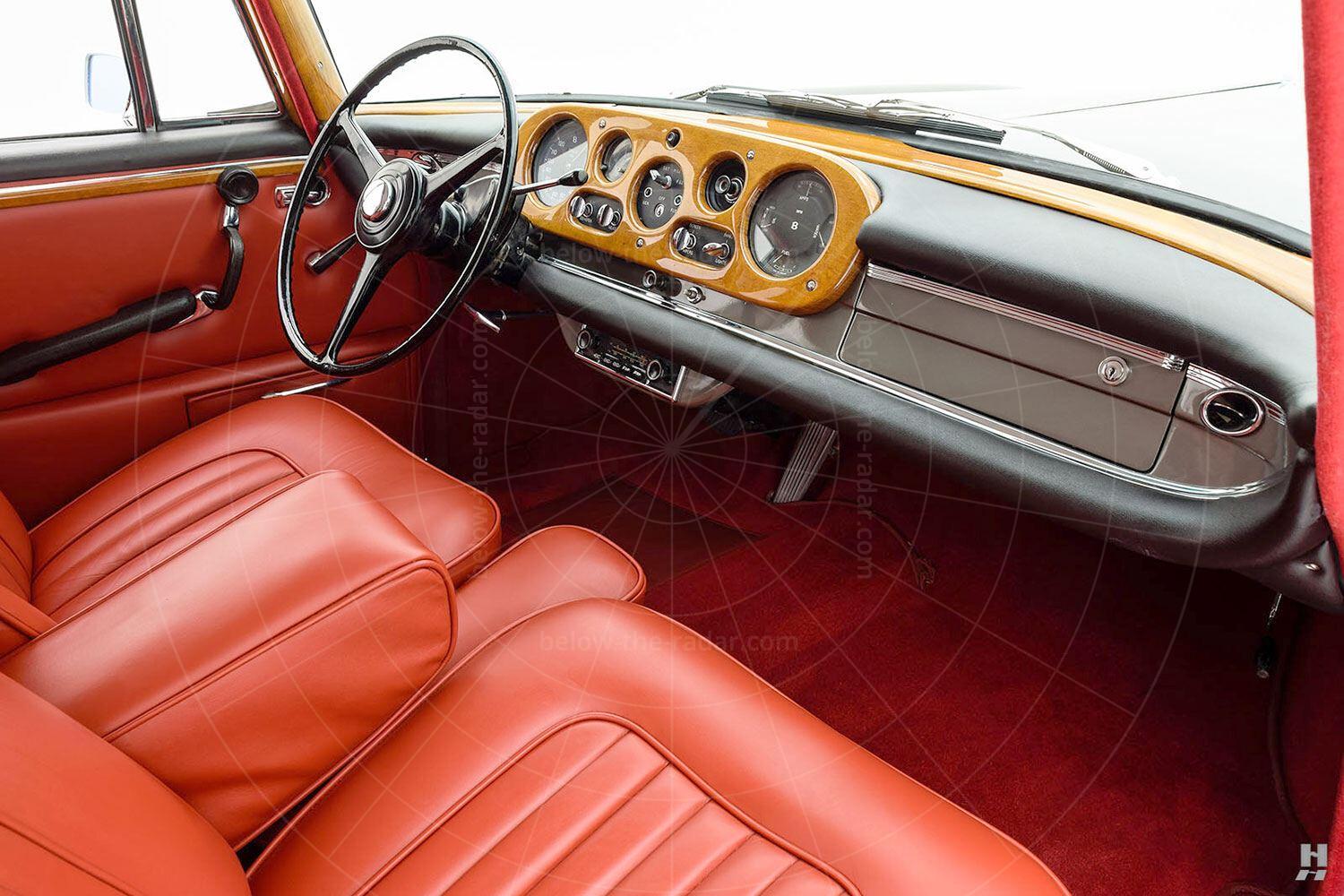
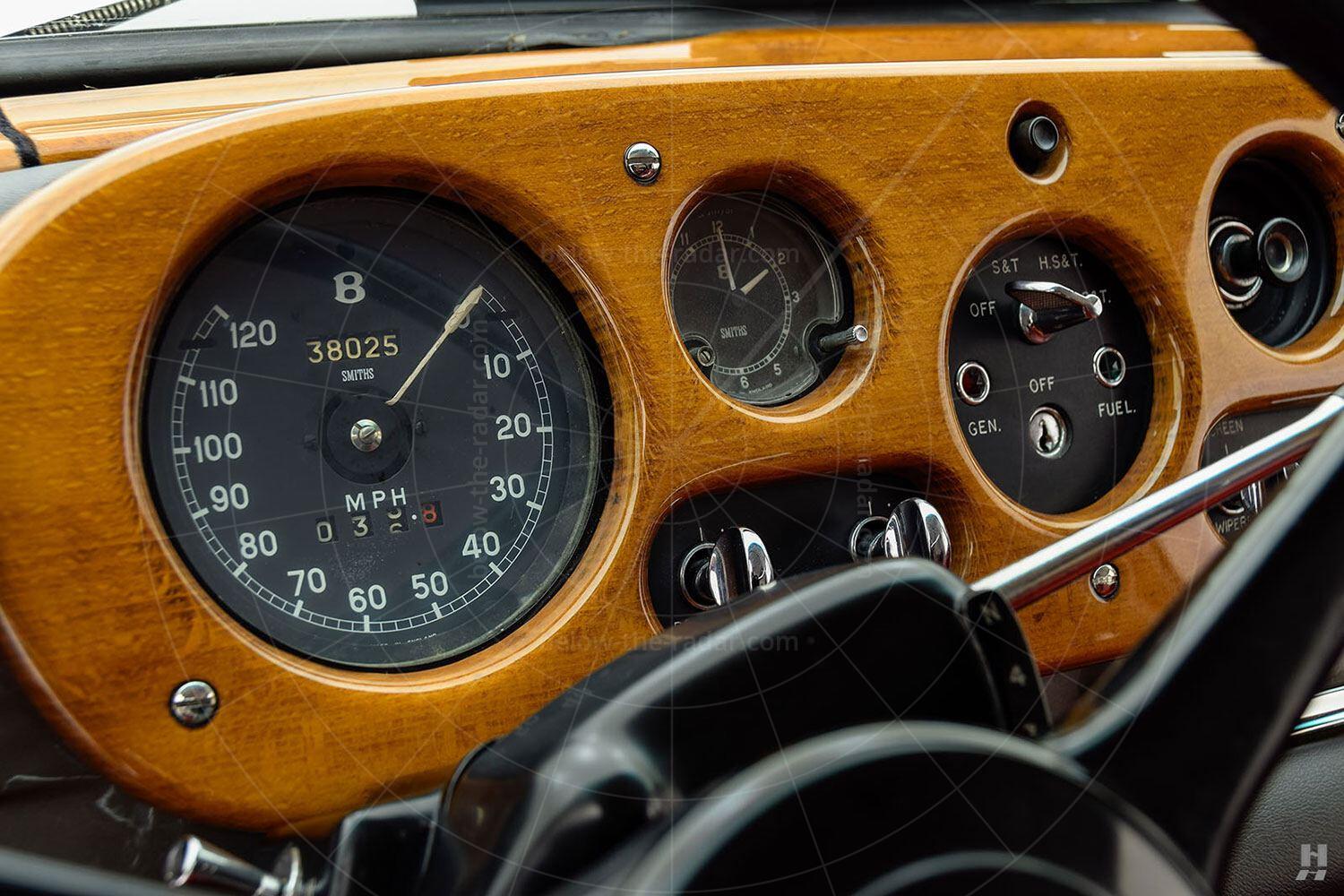
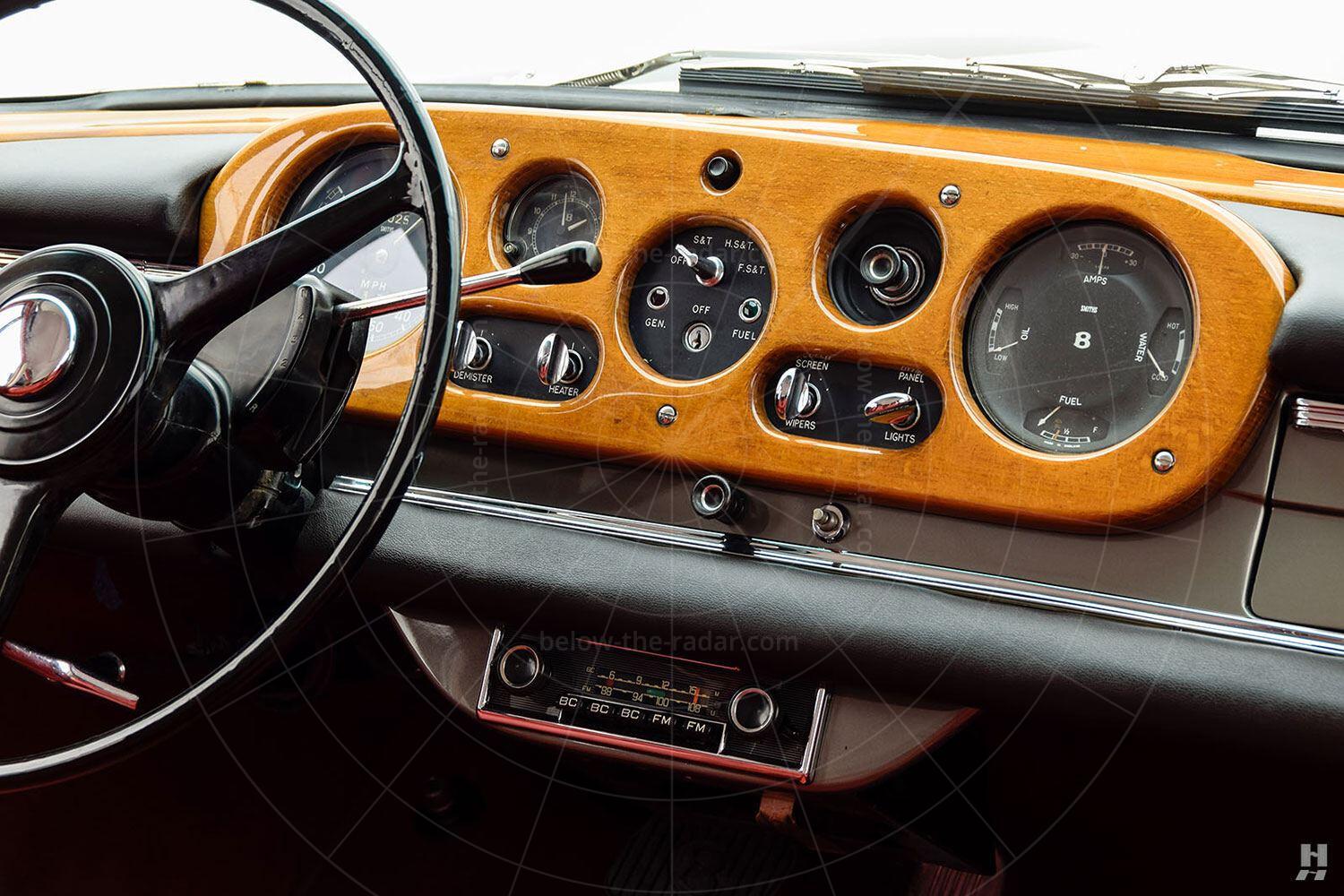
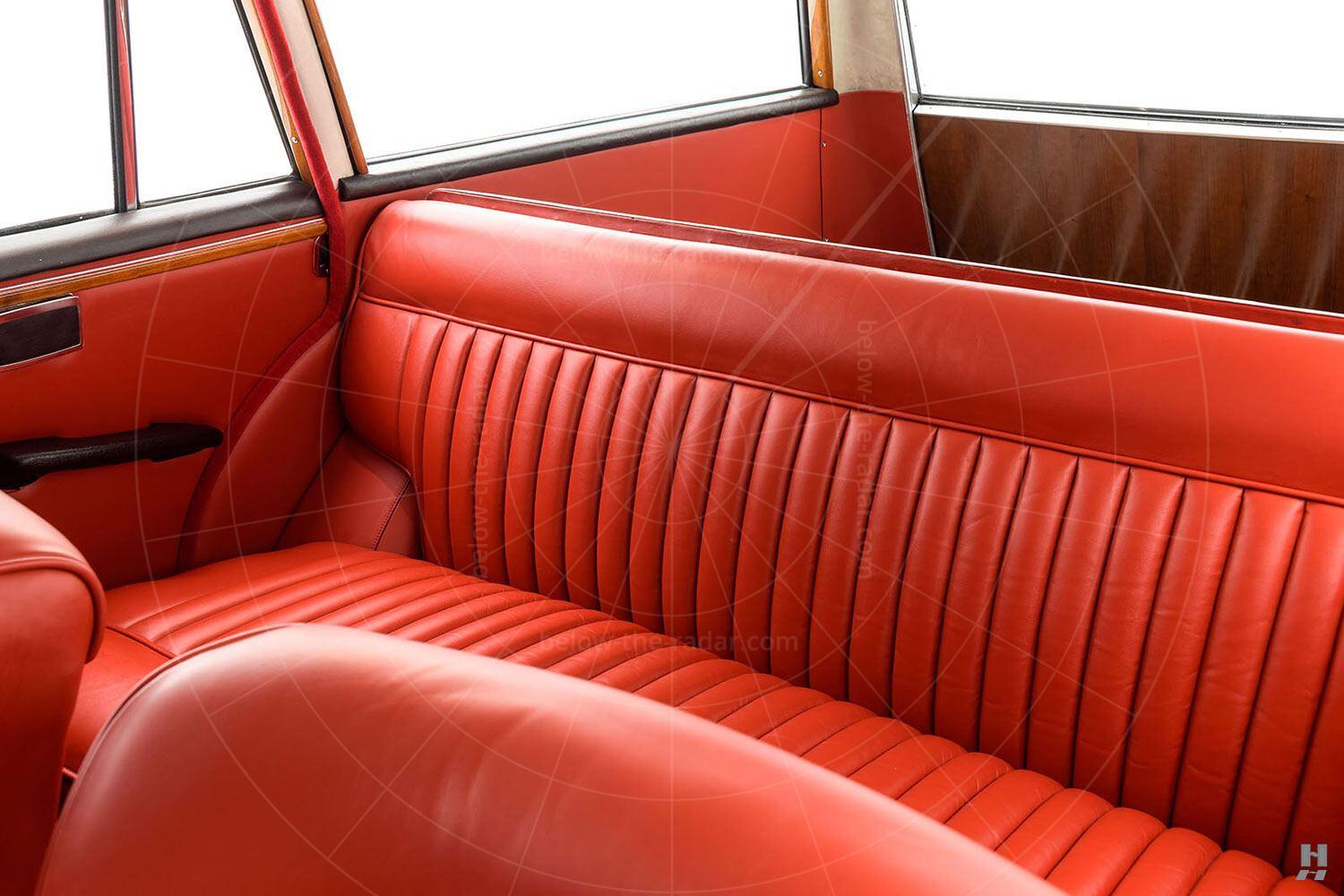
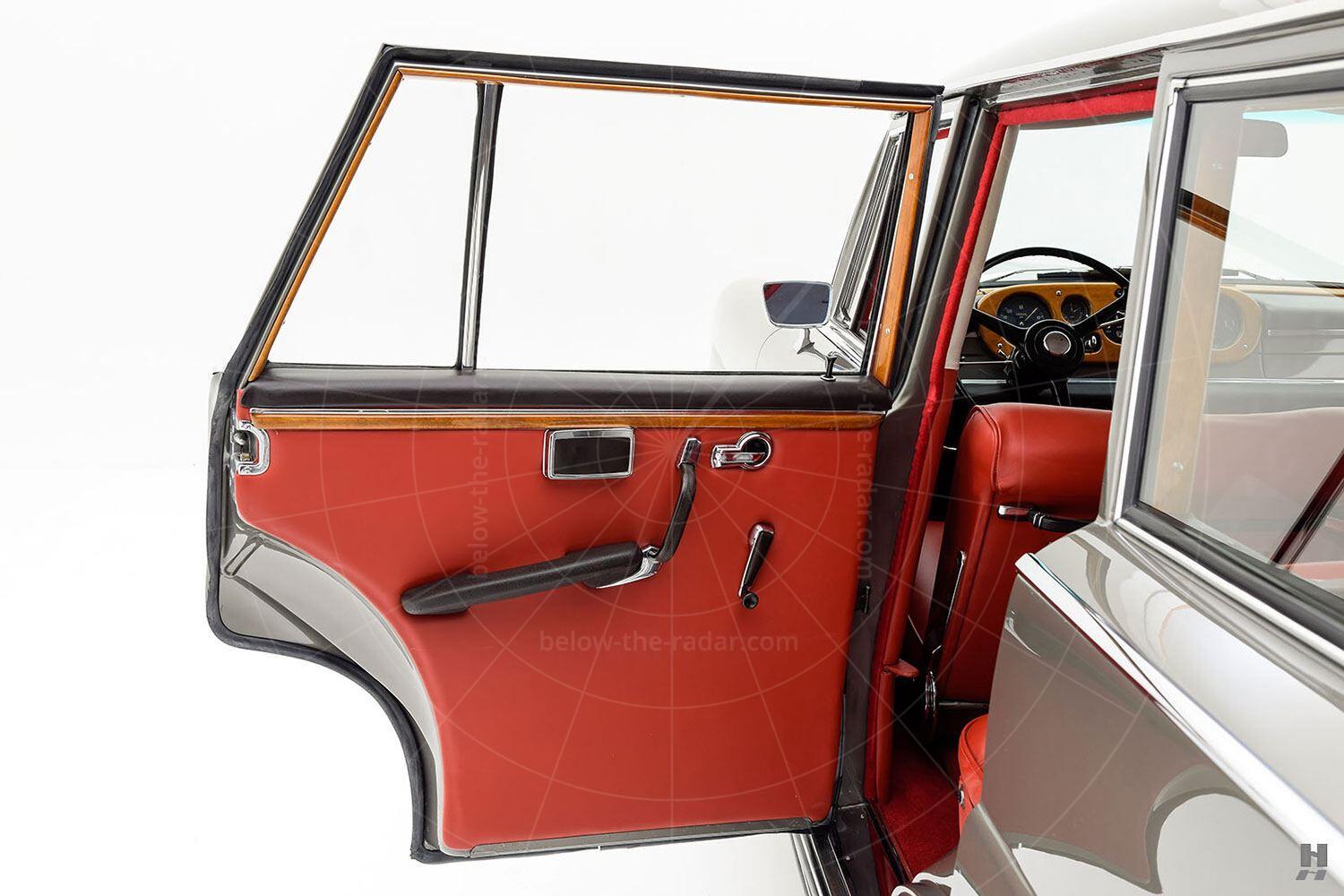
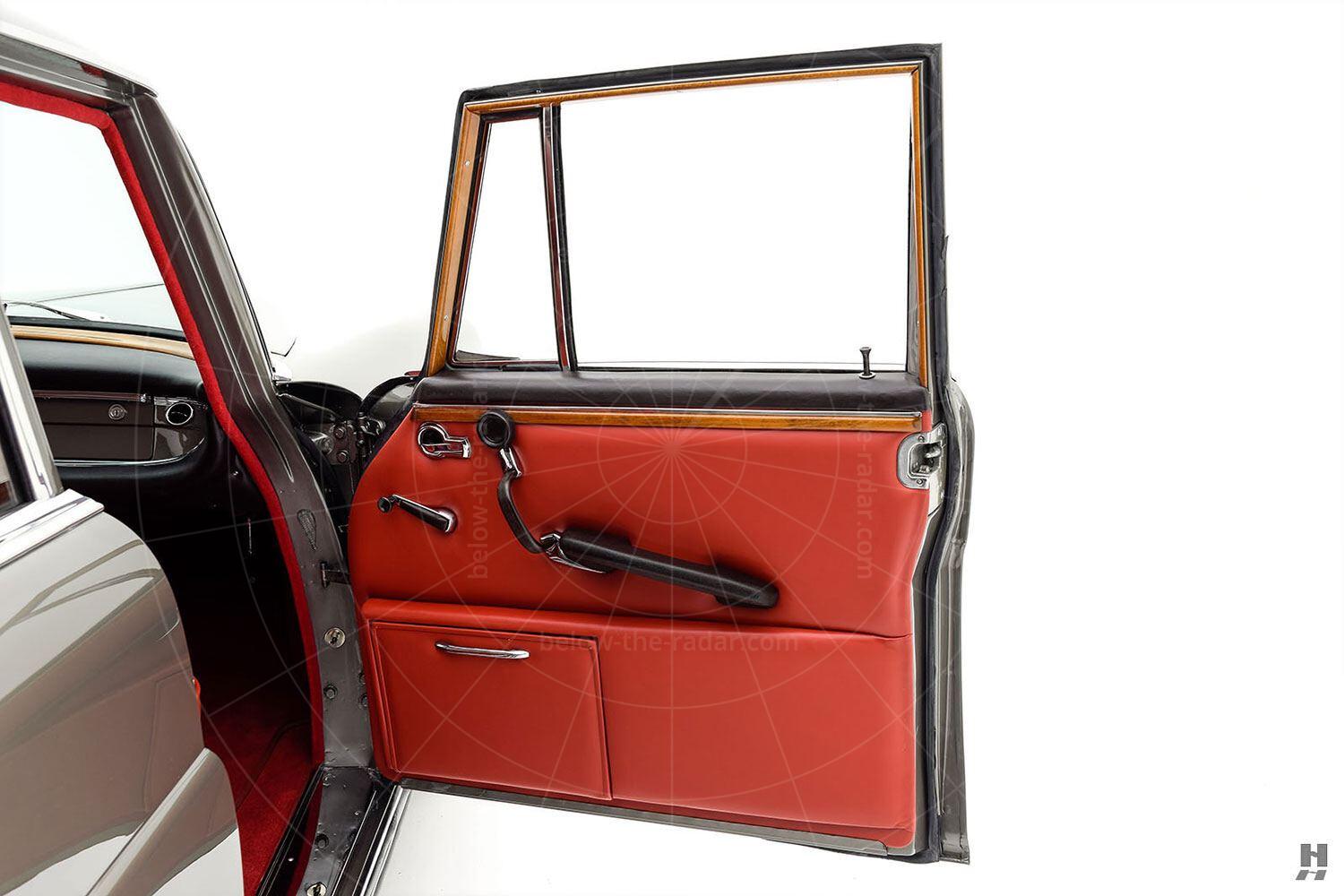
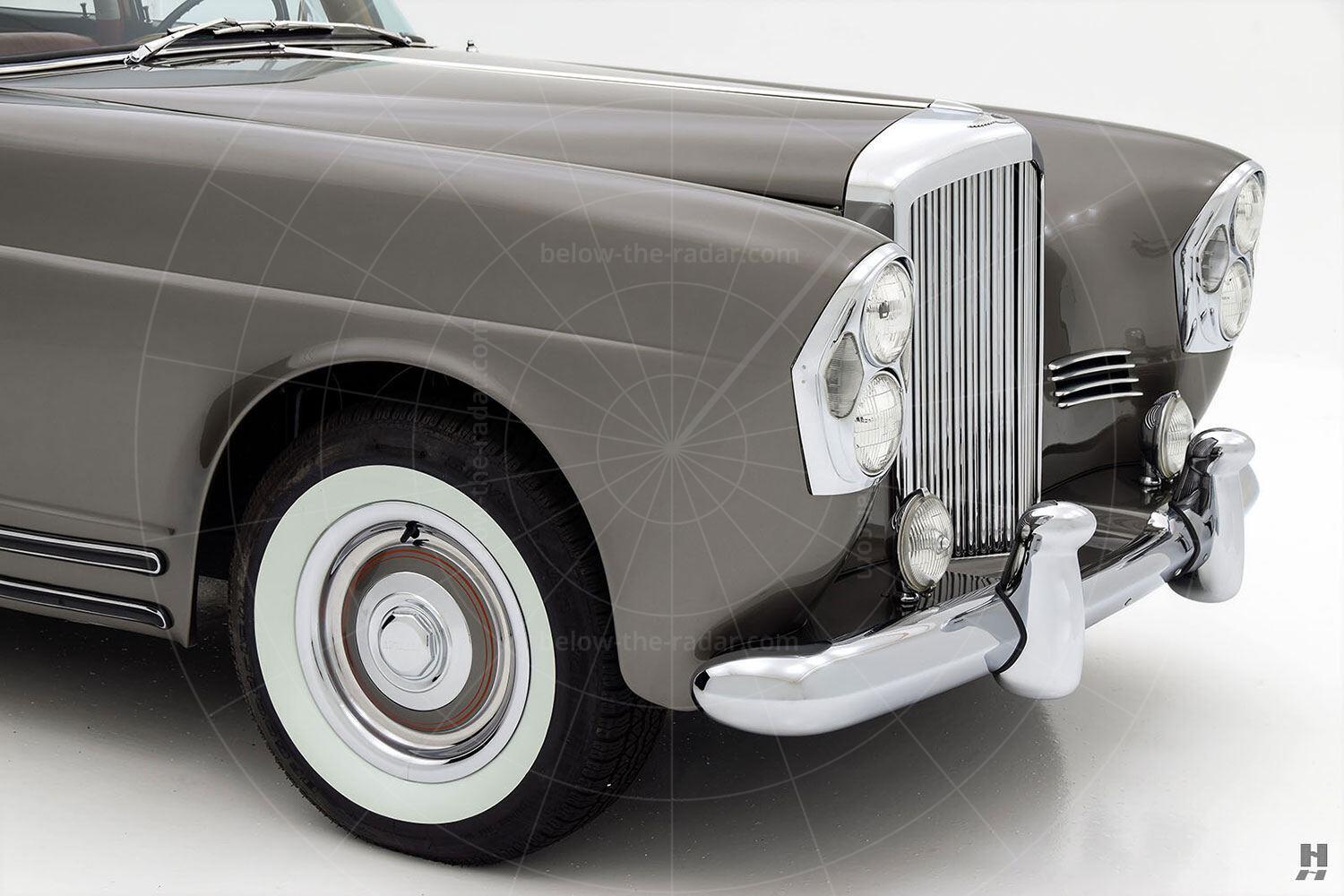
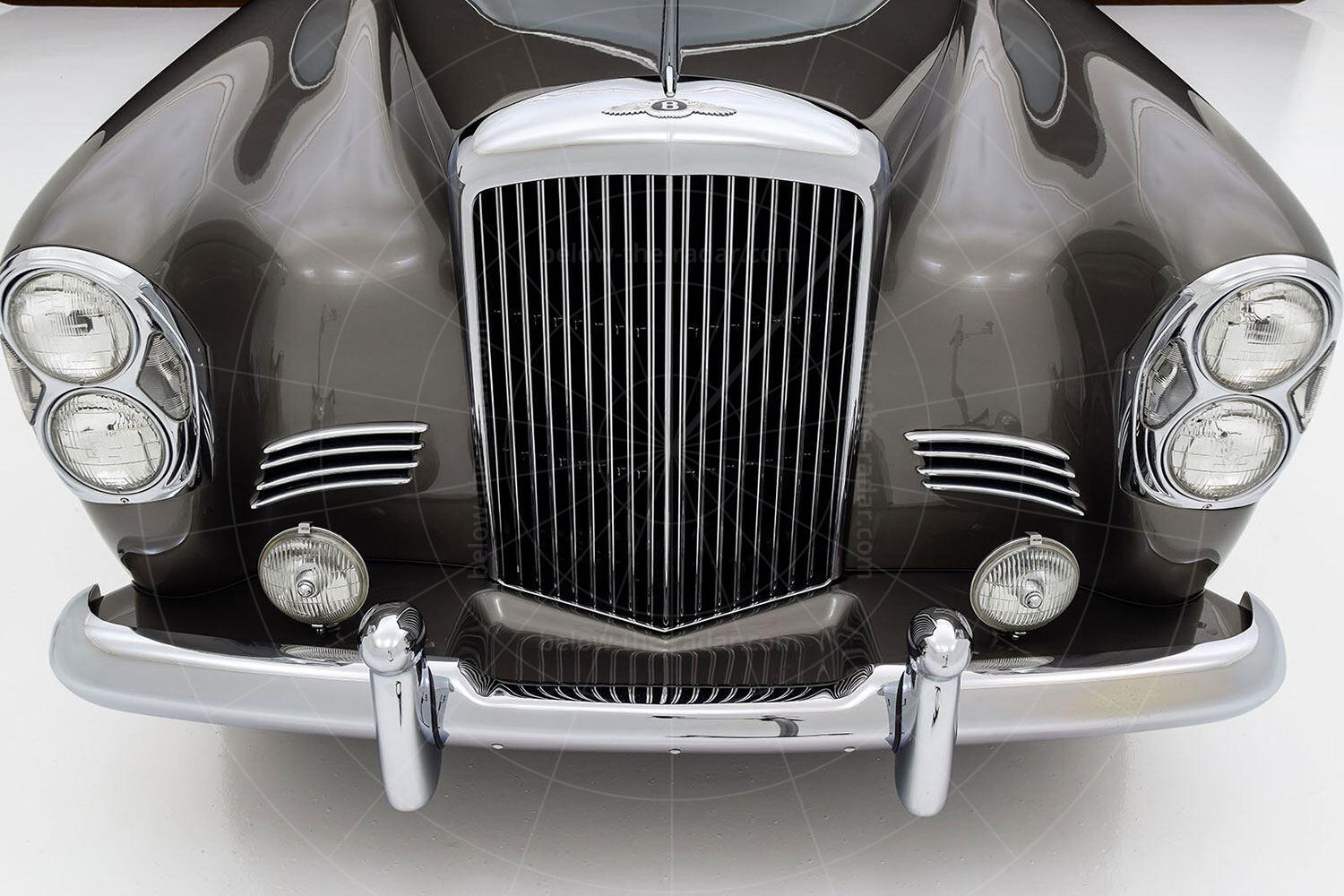
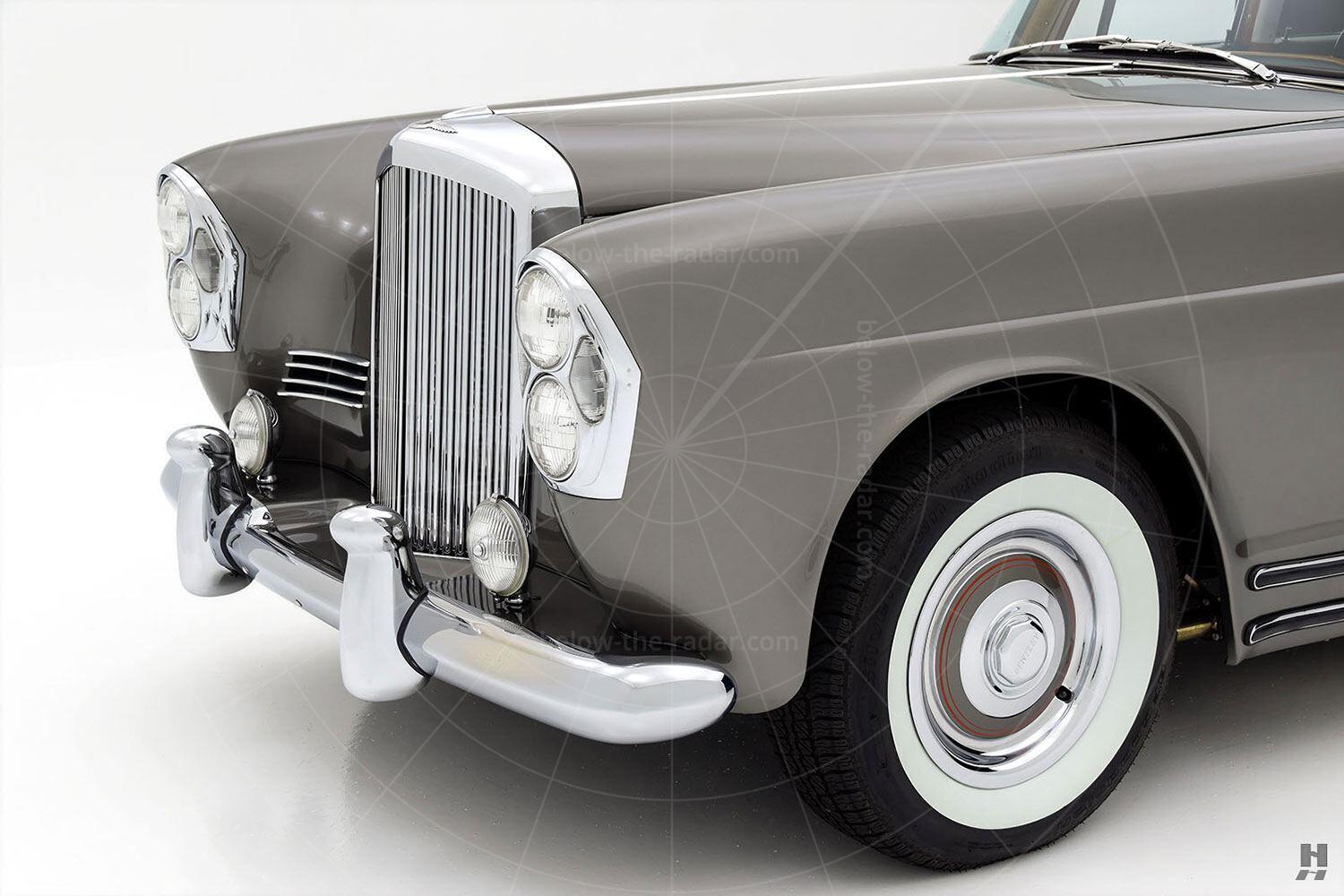
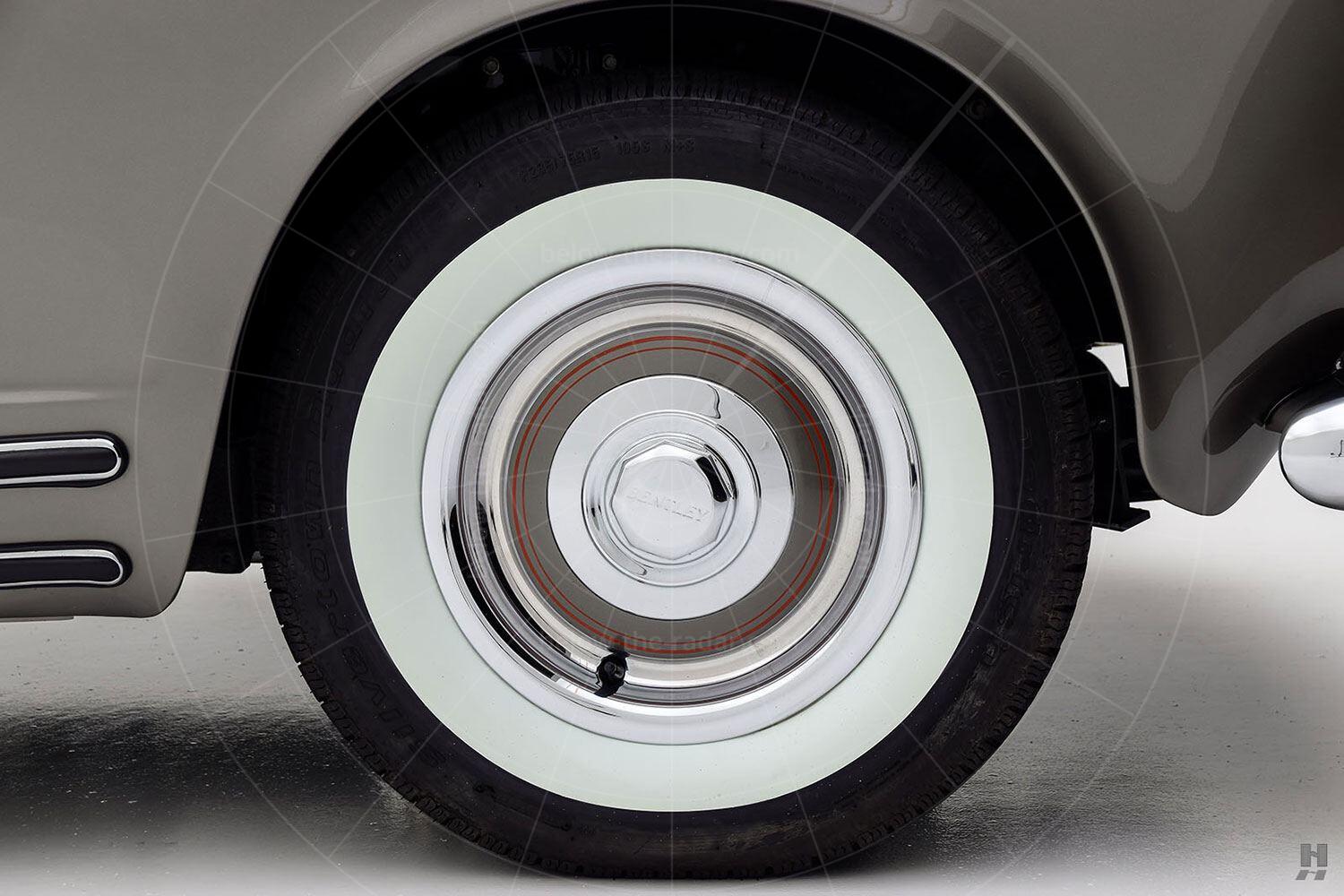
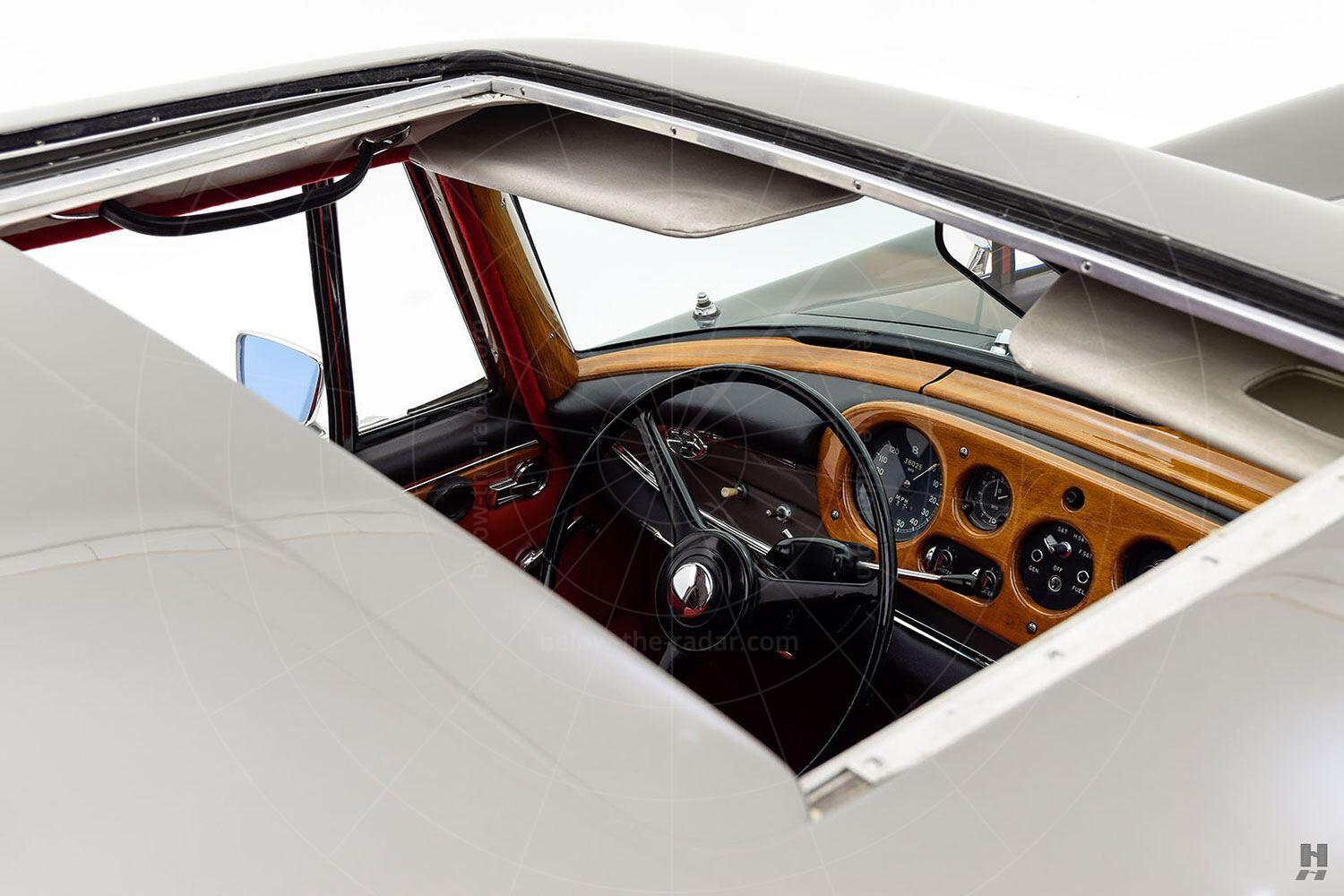
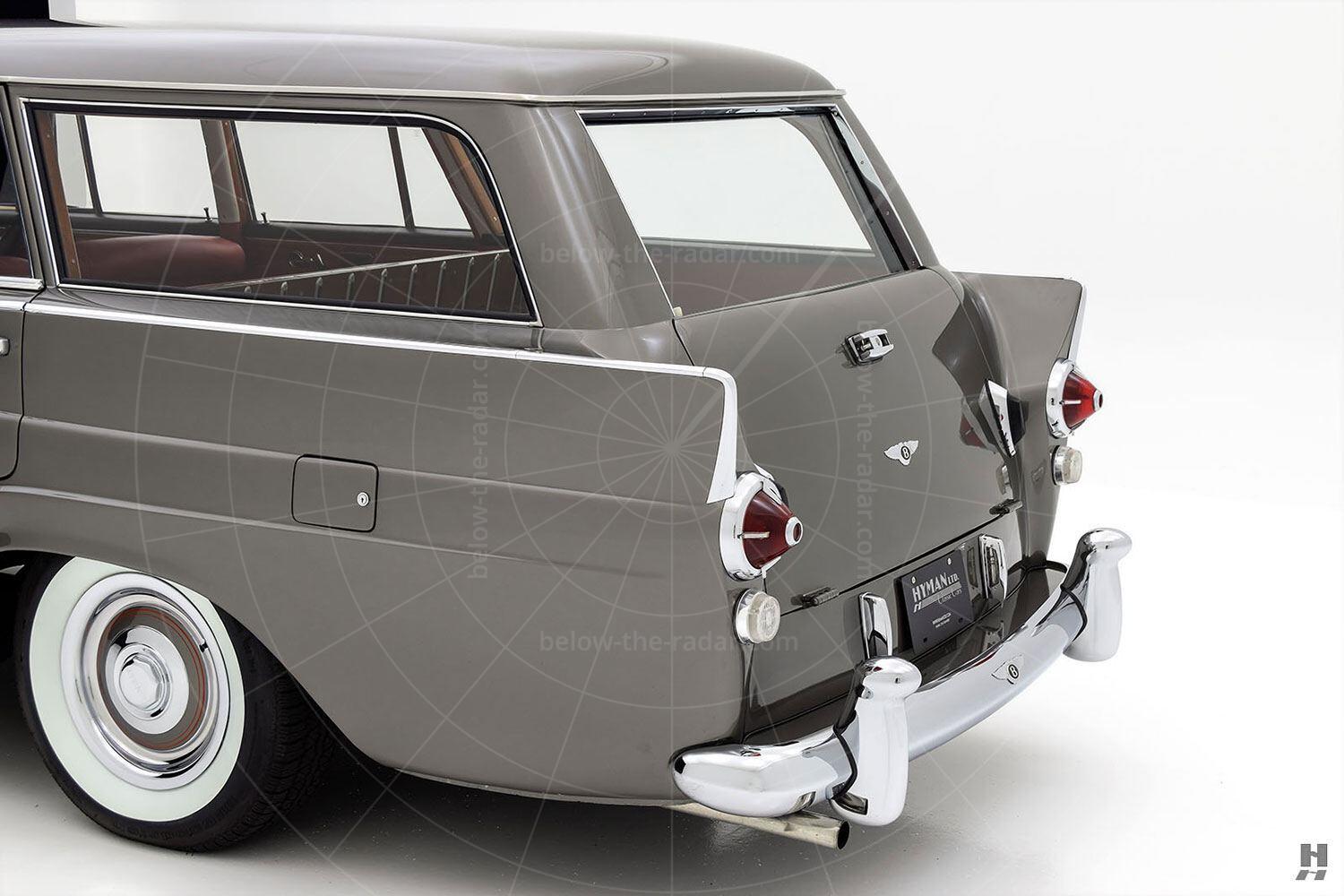
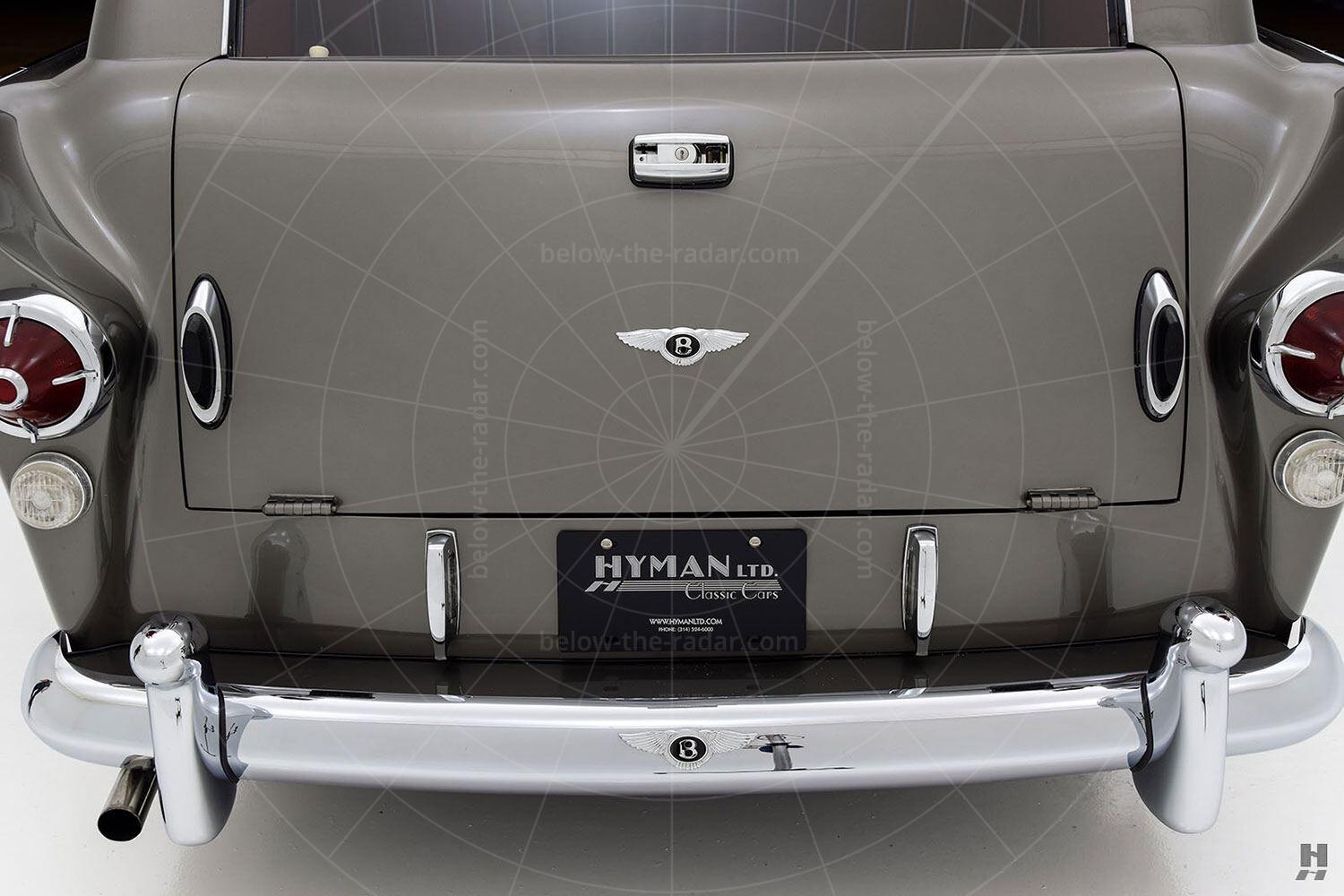
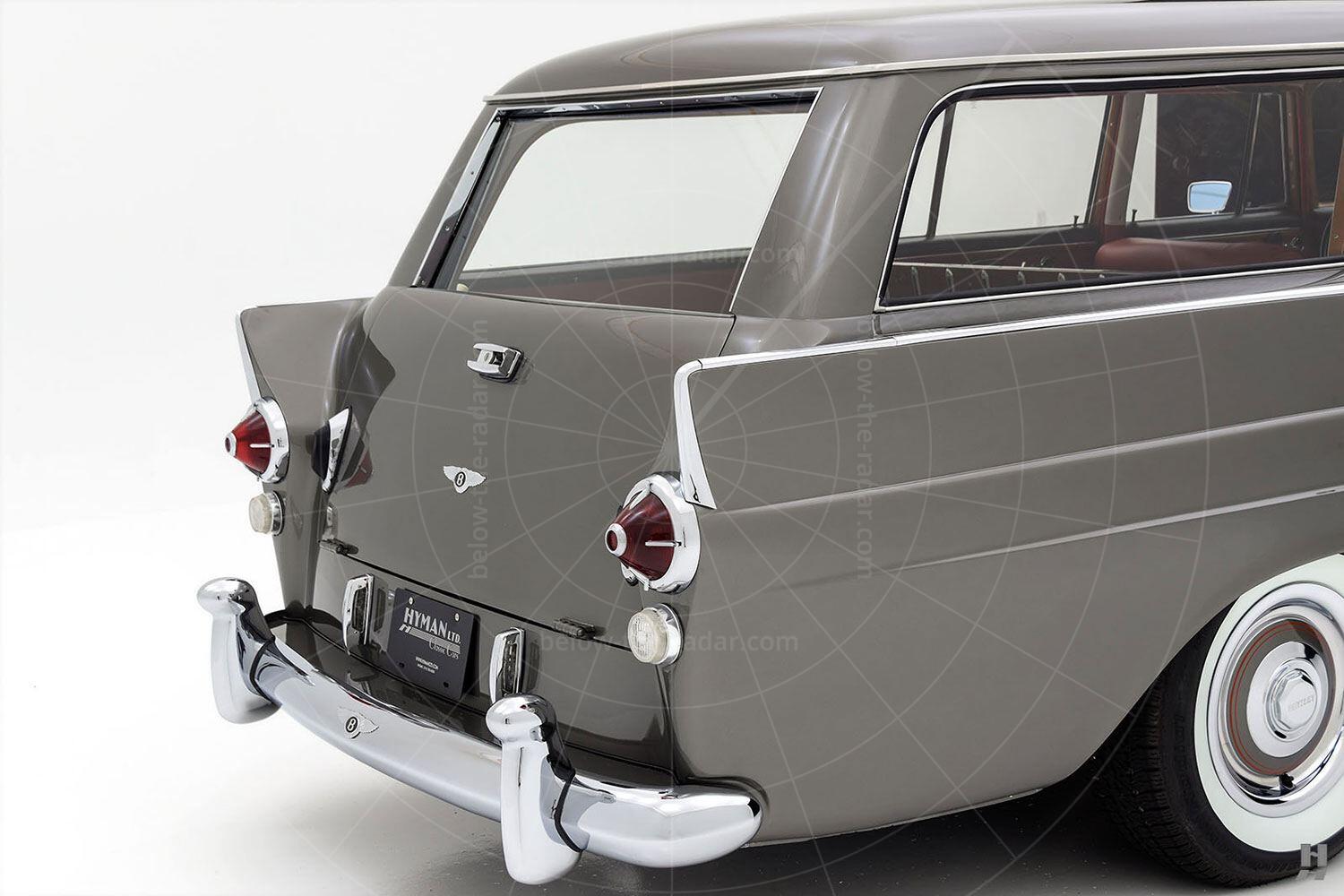
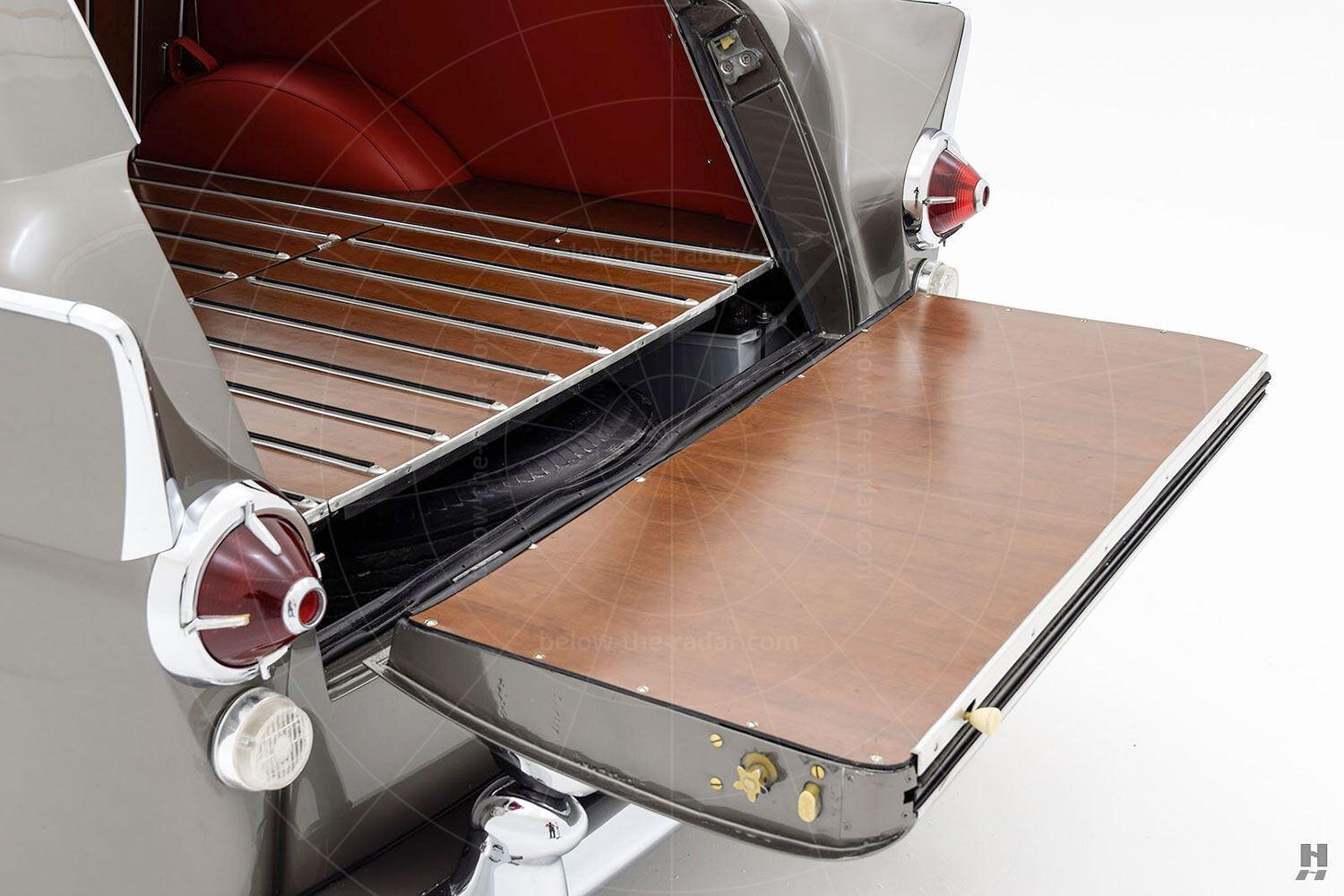
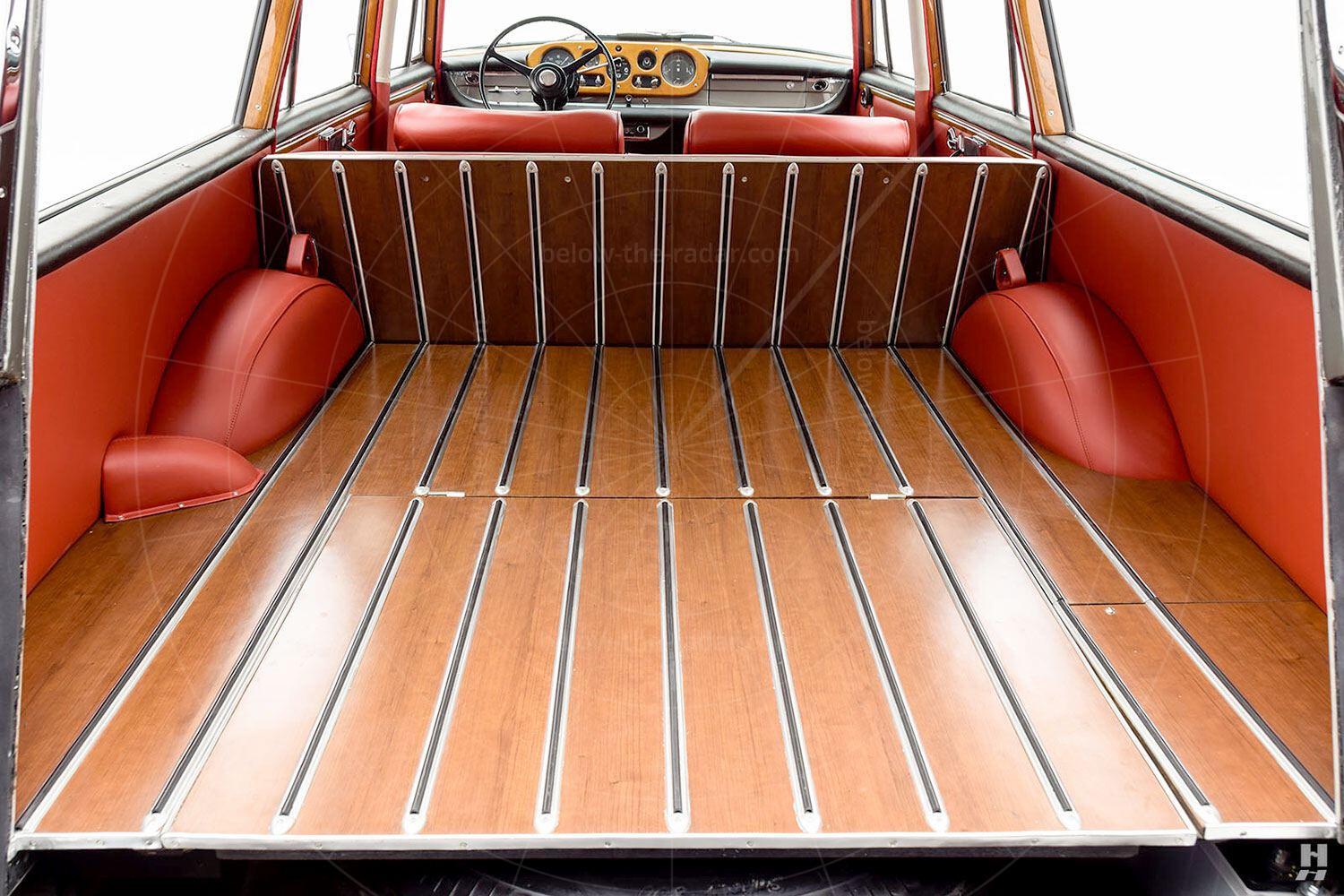
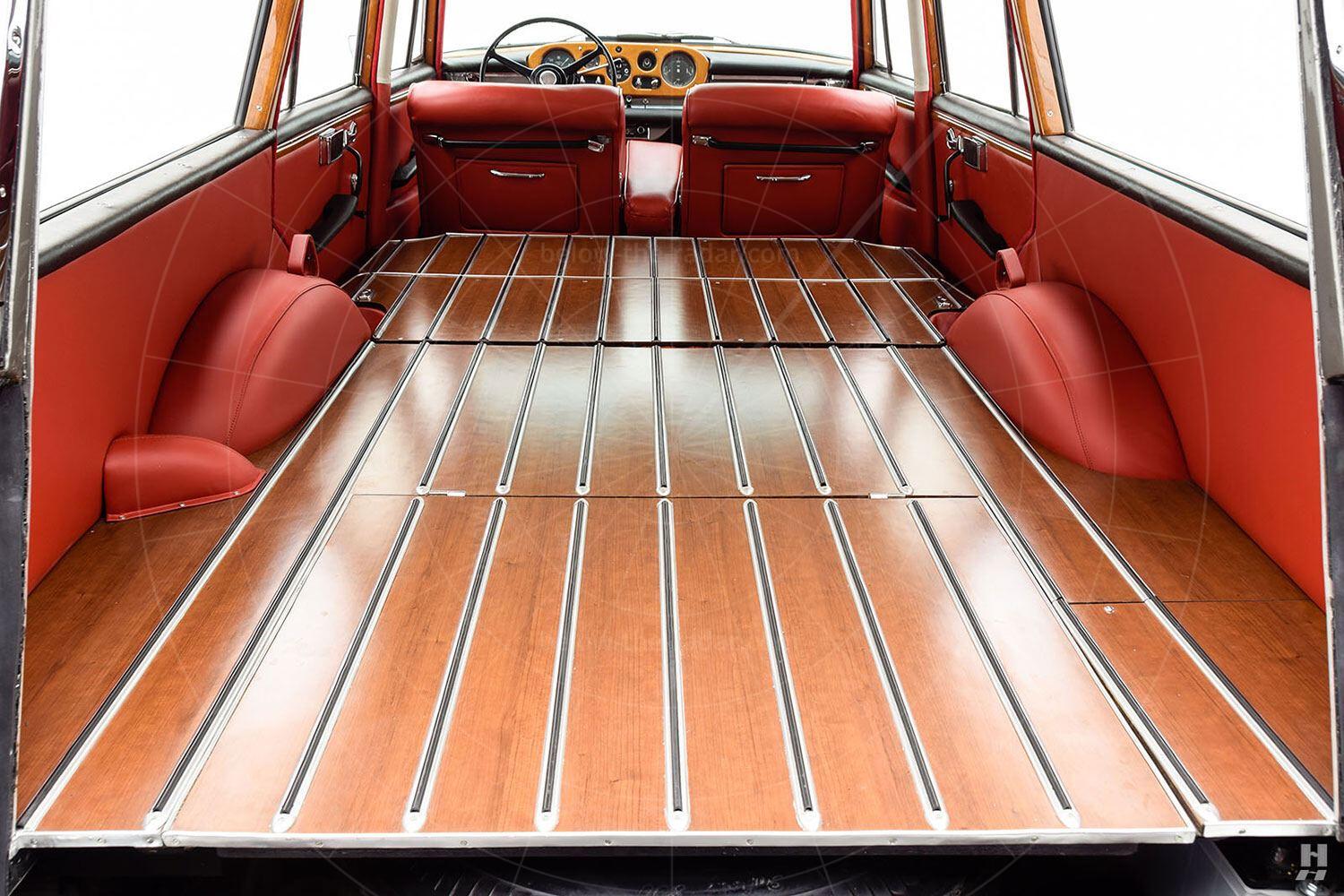
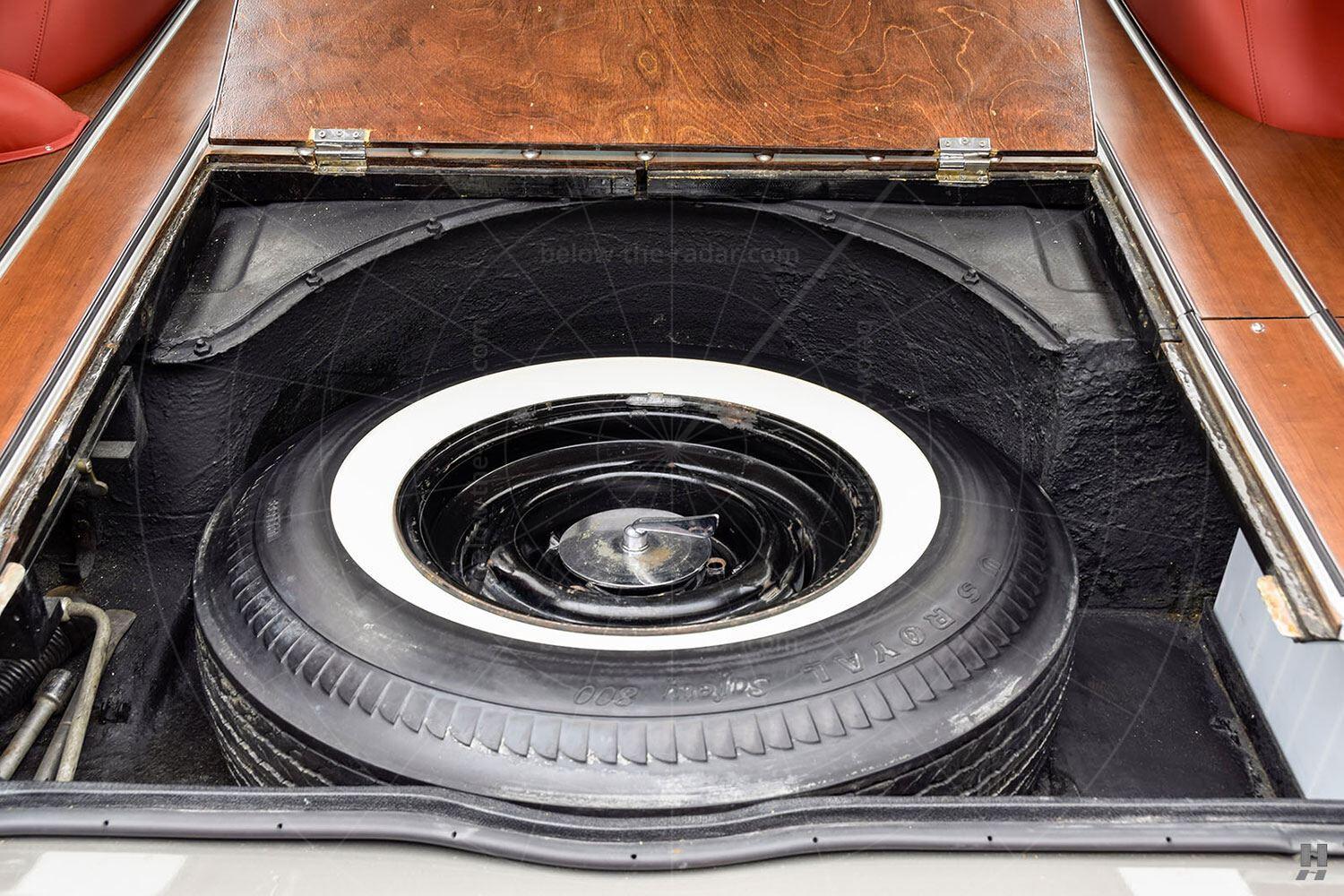
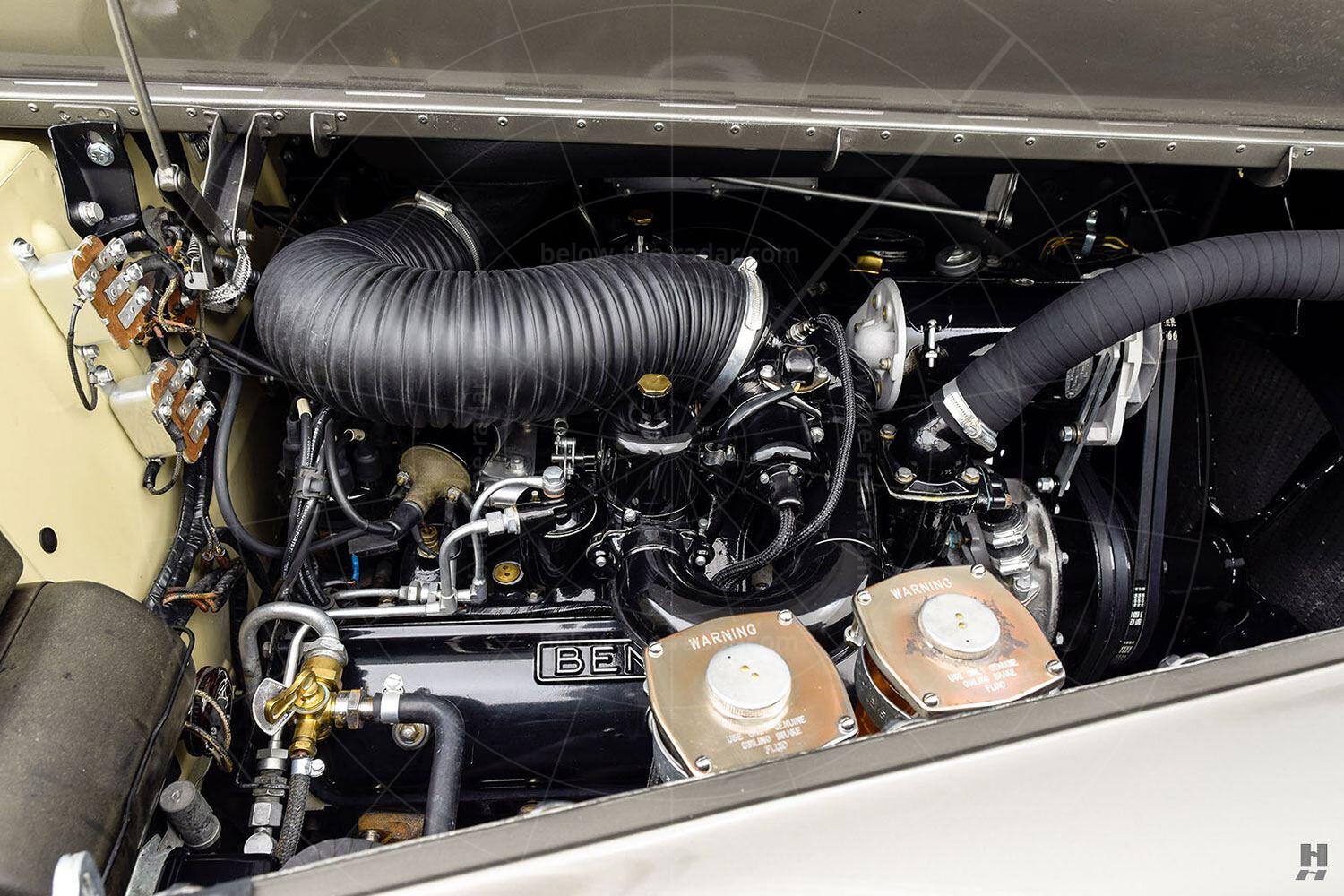
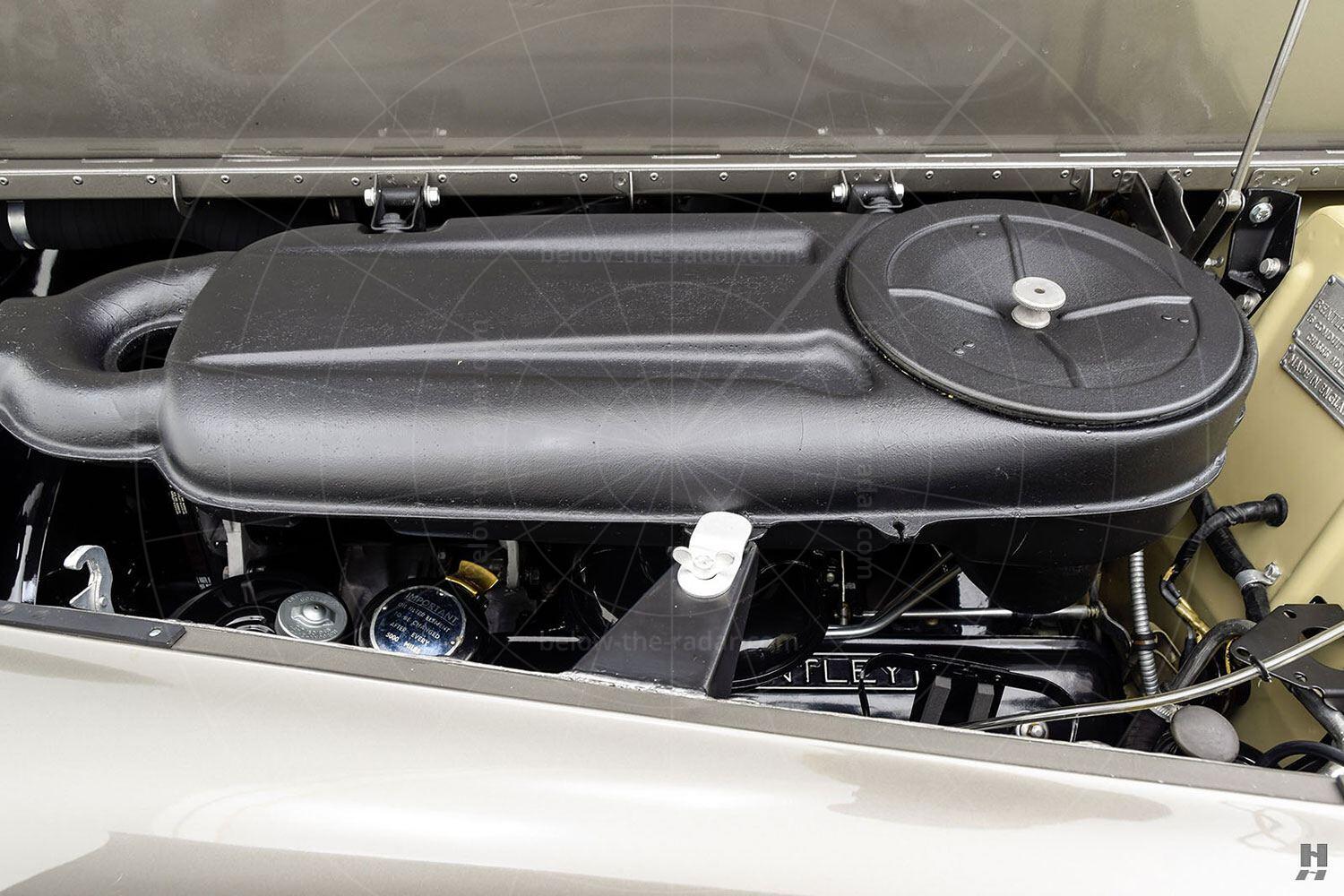
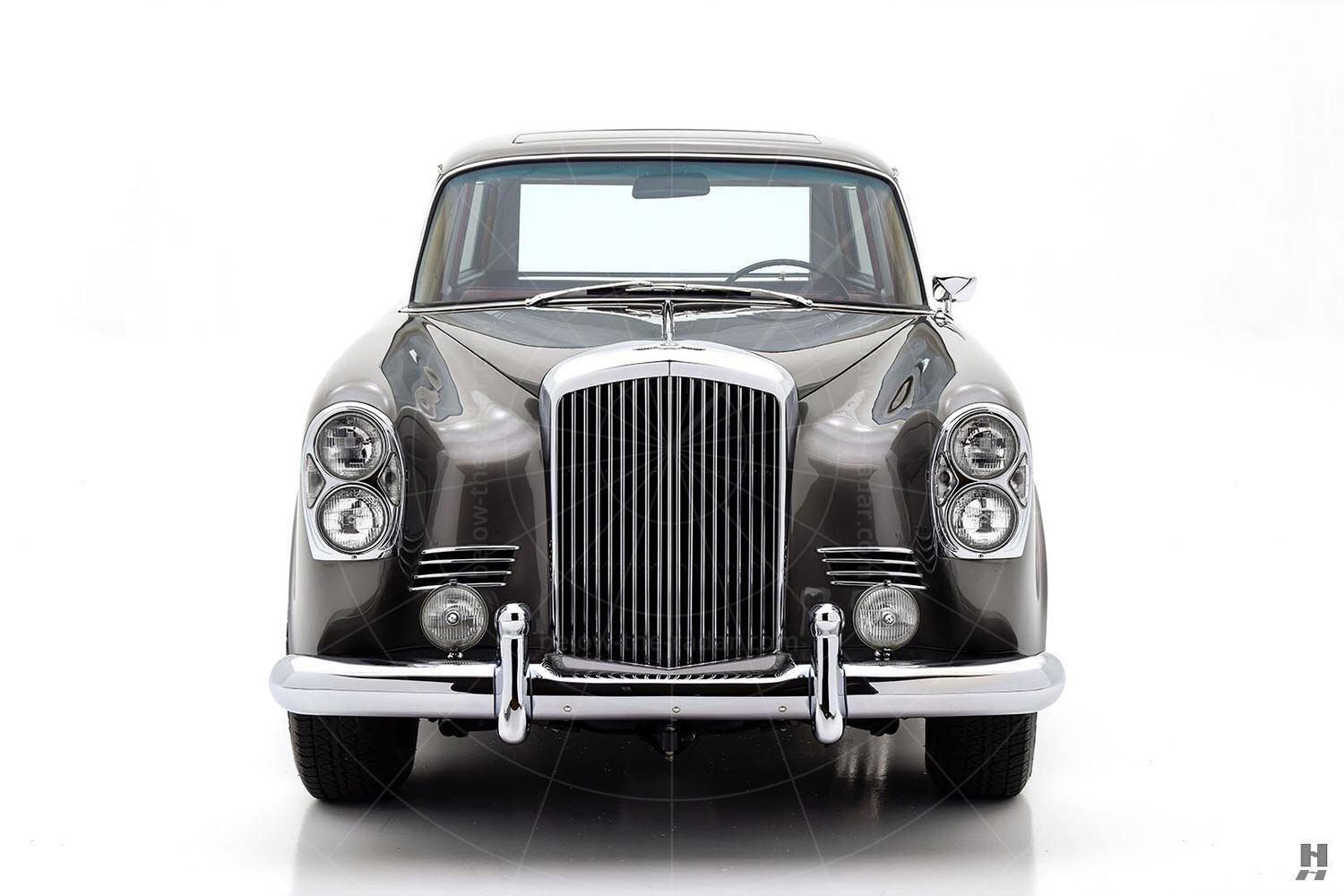
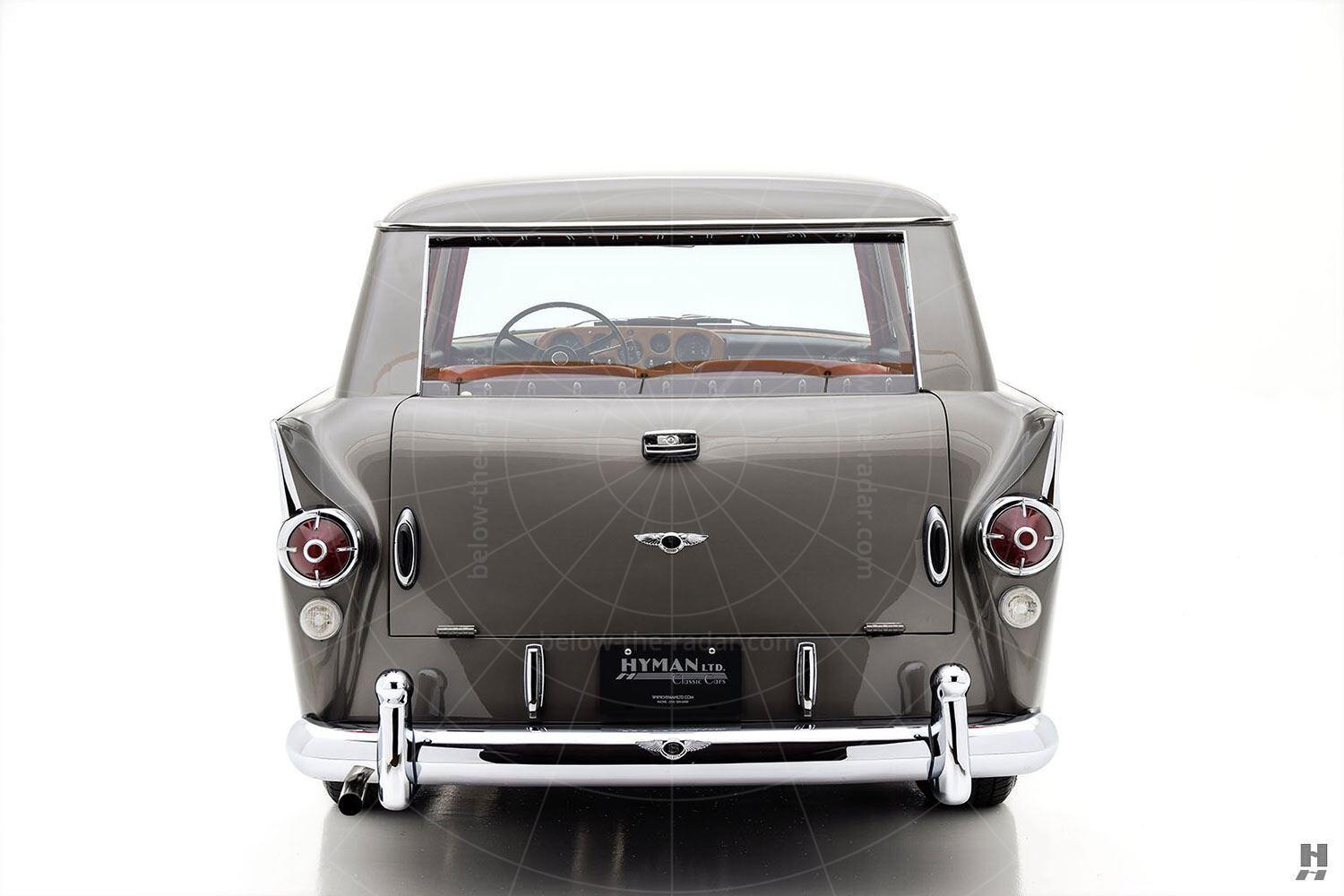
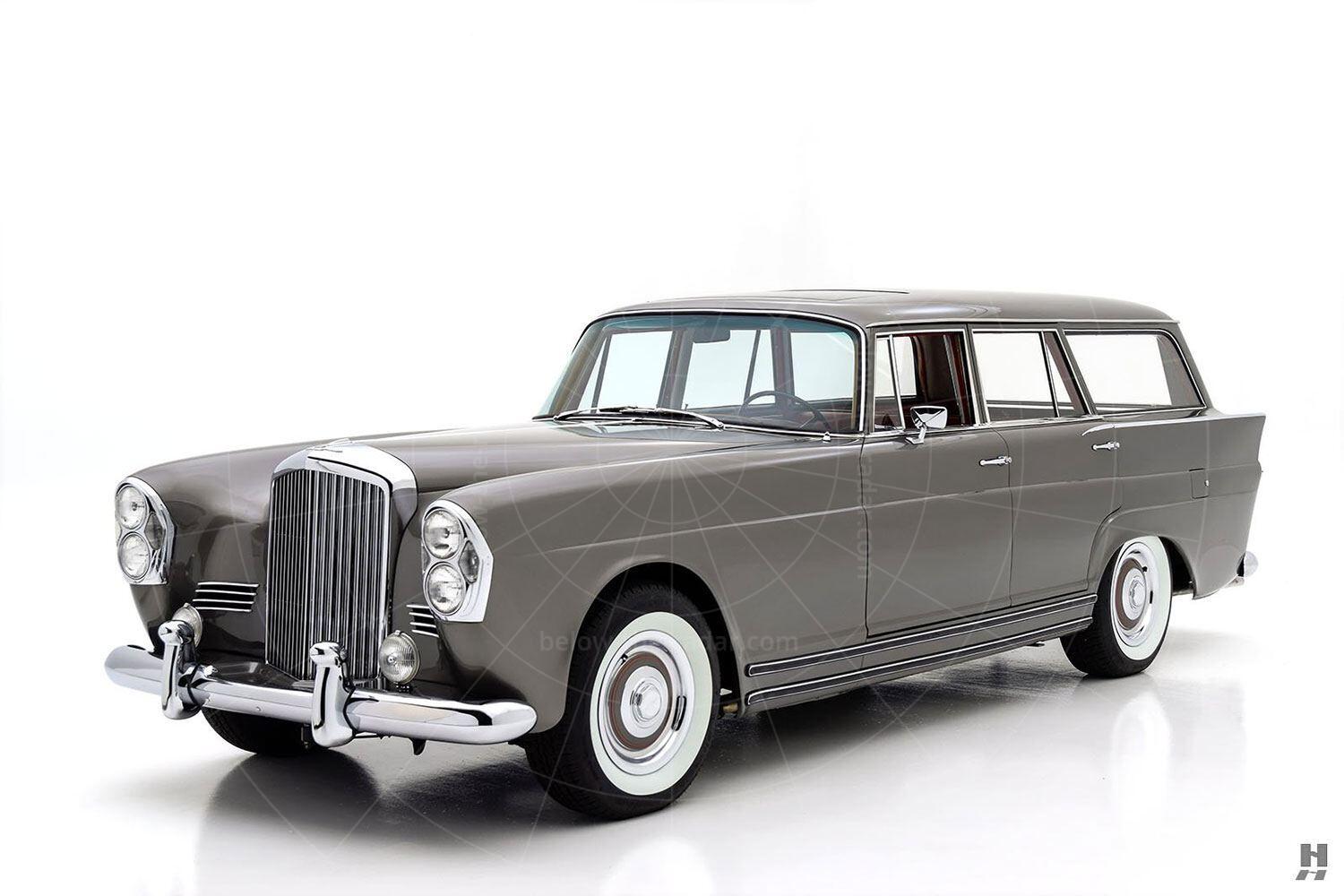


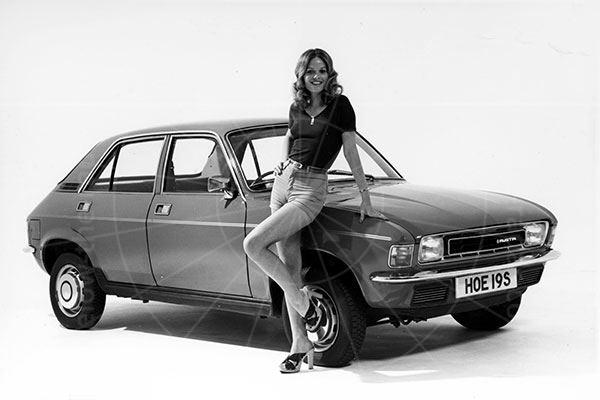
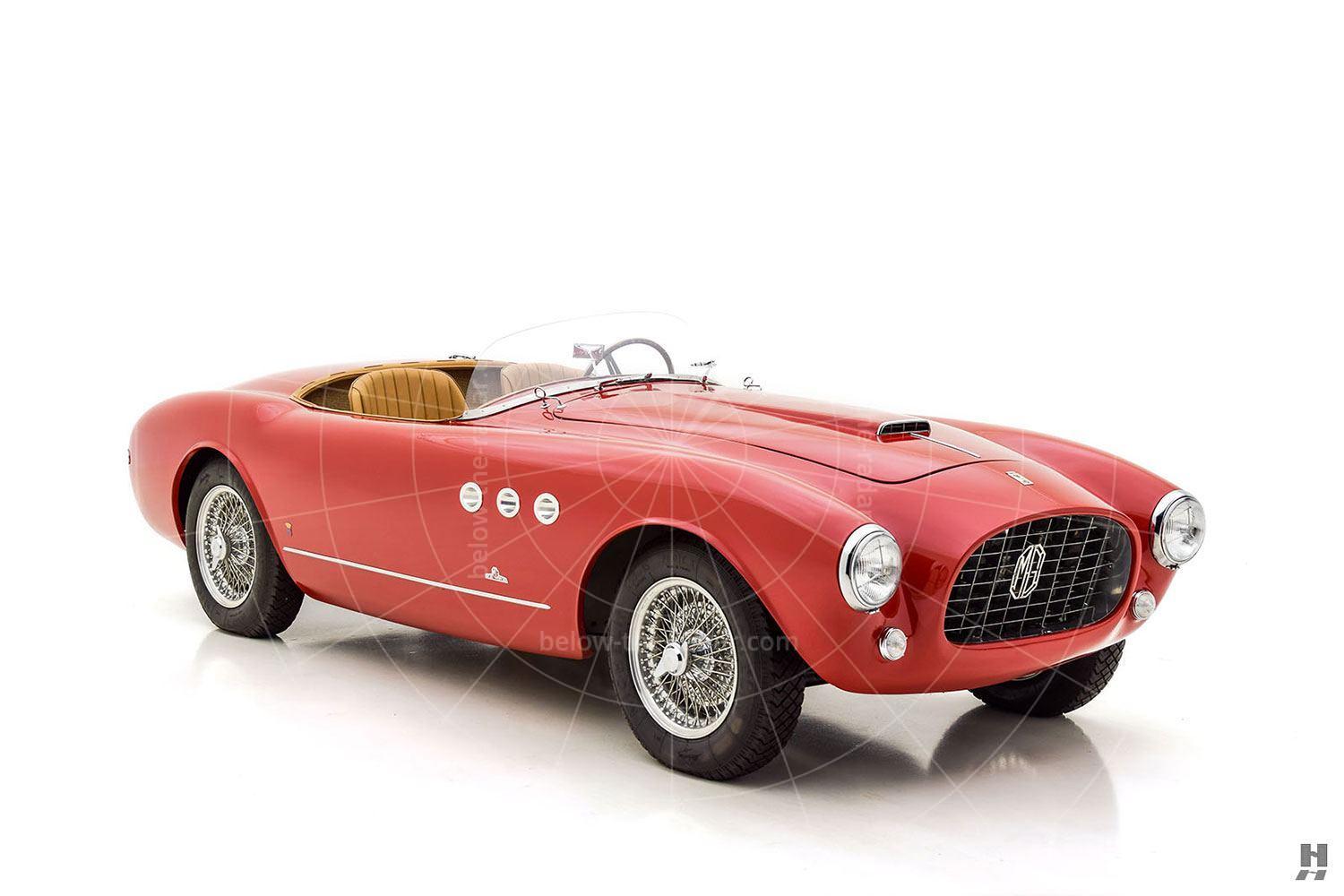
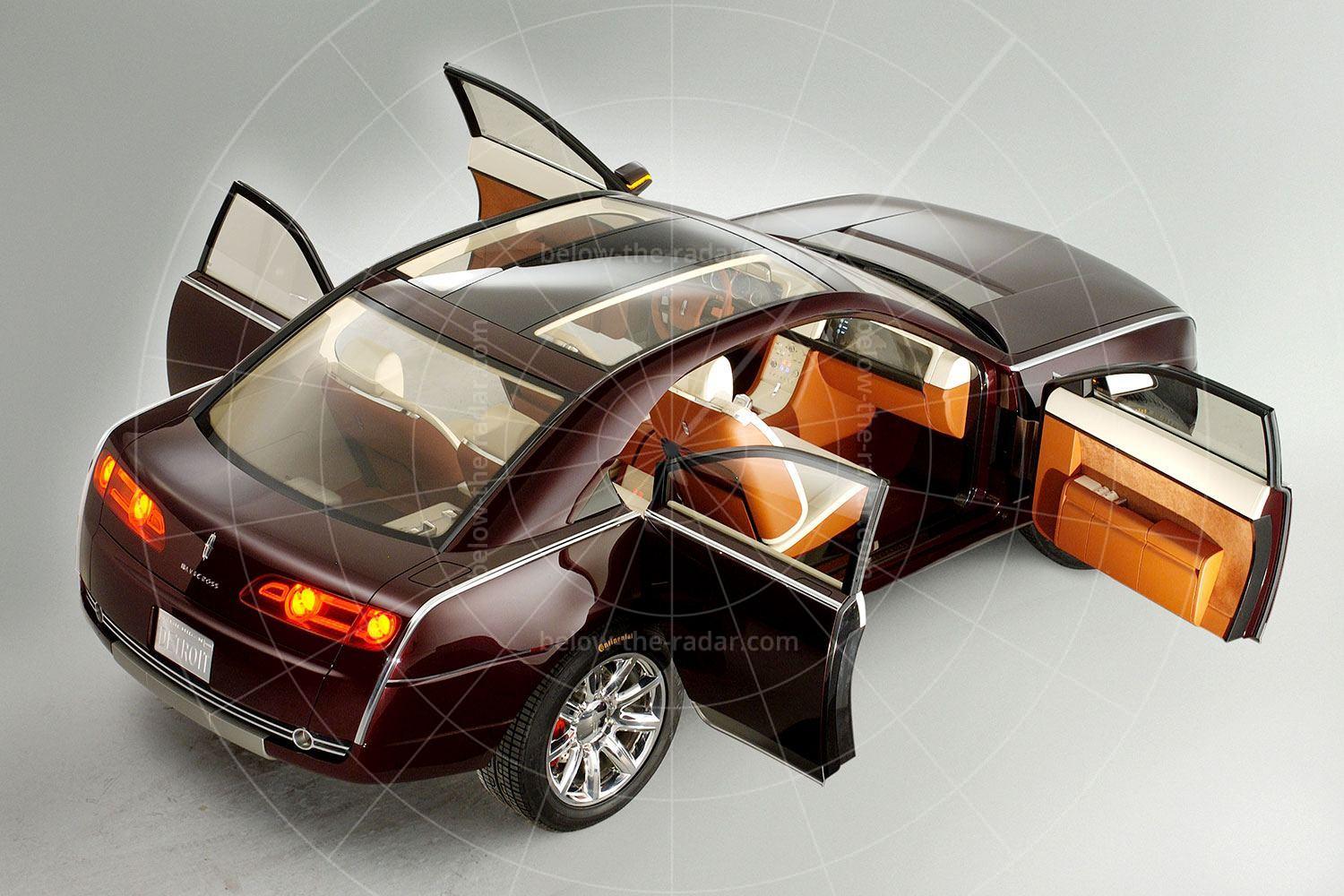


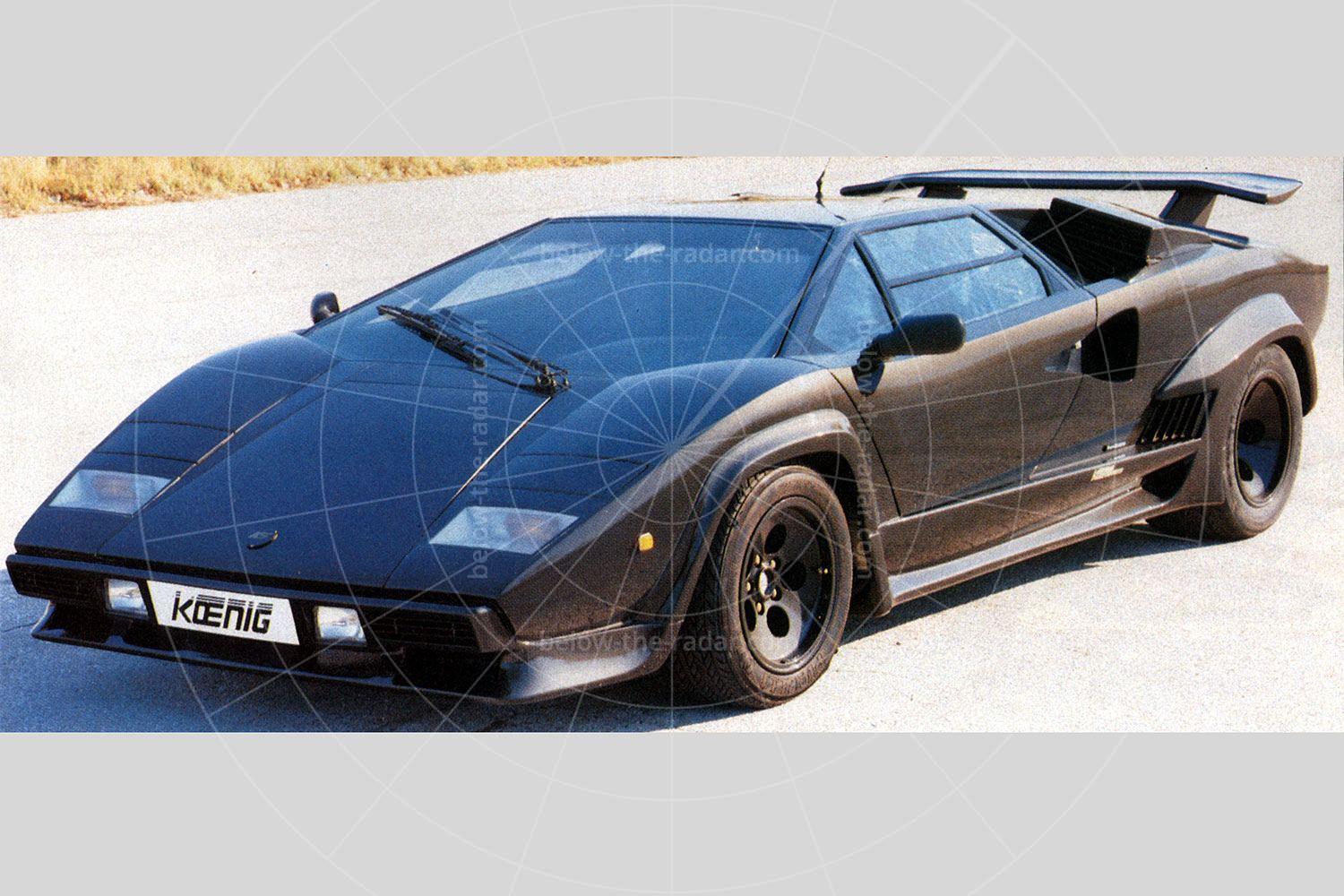
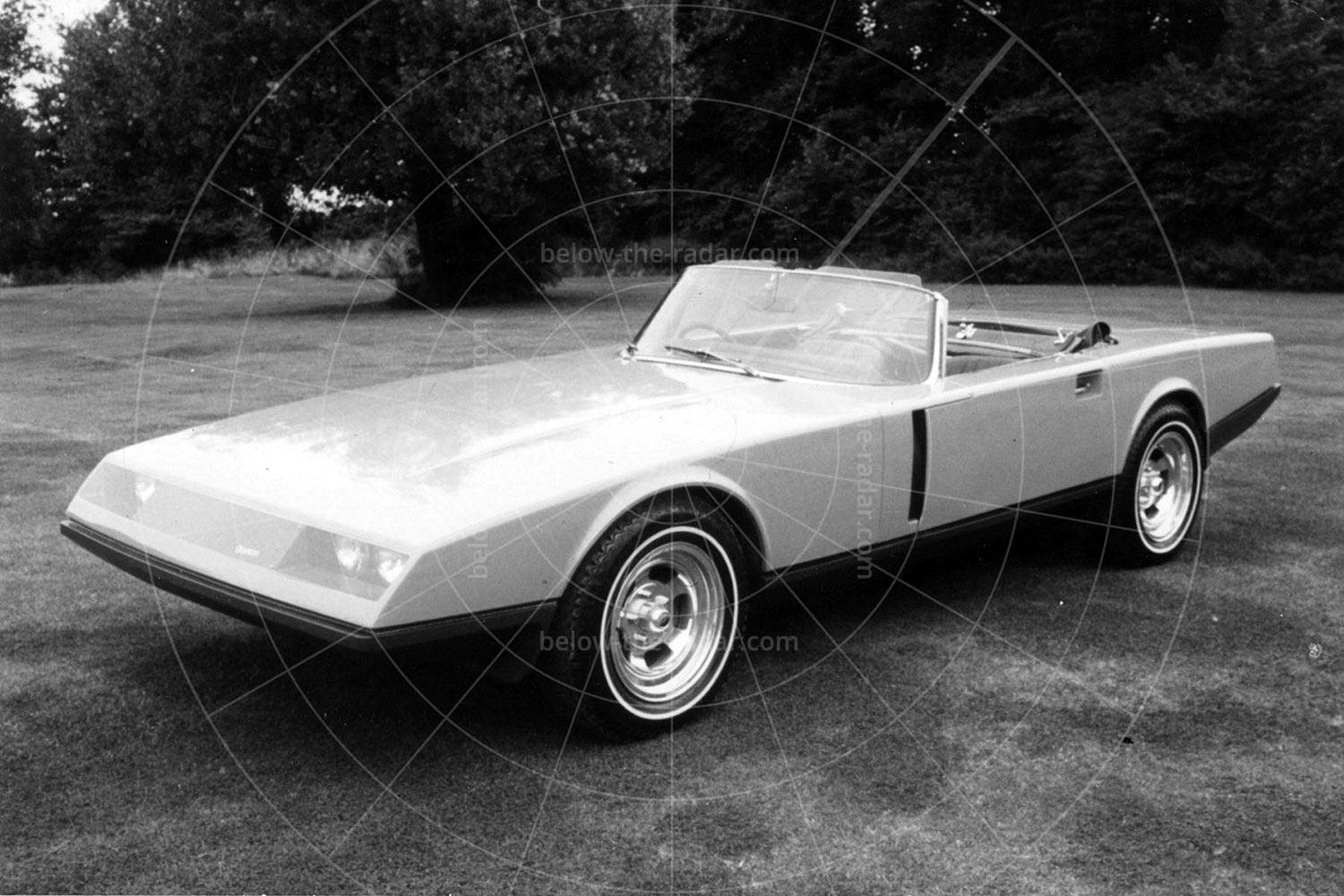
It’s oddly well proportioned and uses clever styling touches from M-B but, boy is it ugly. I love it!